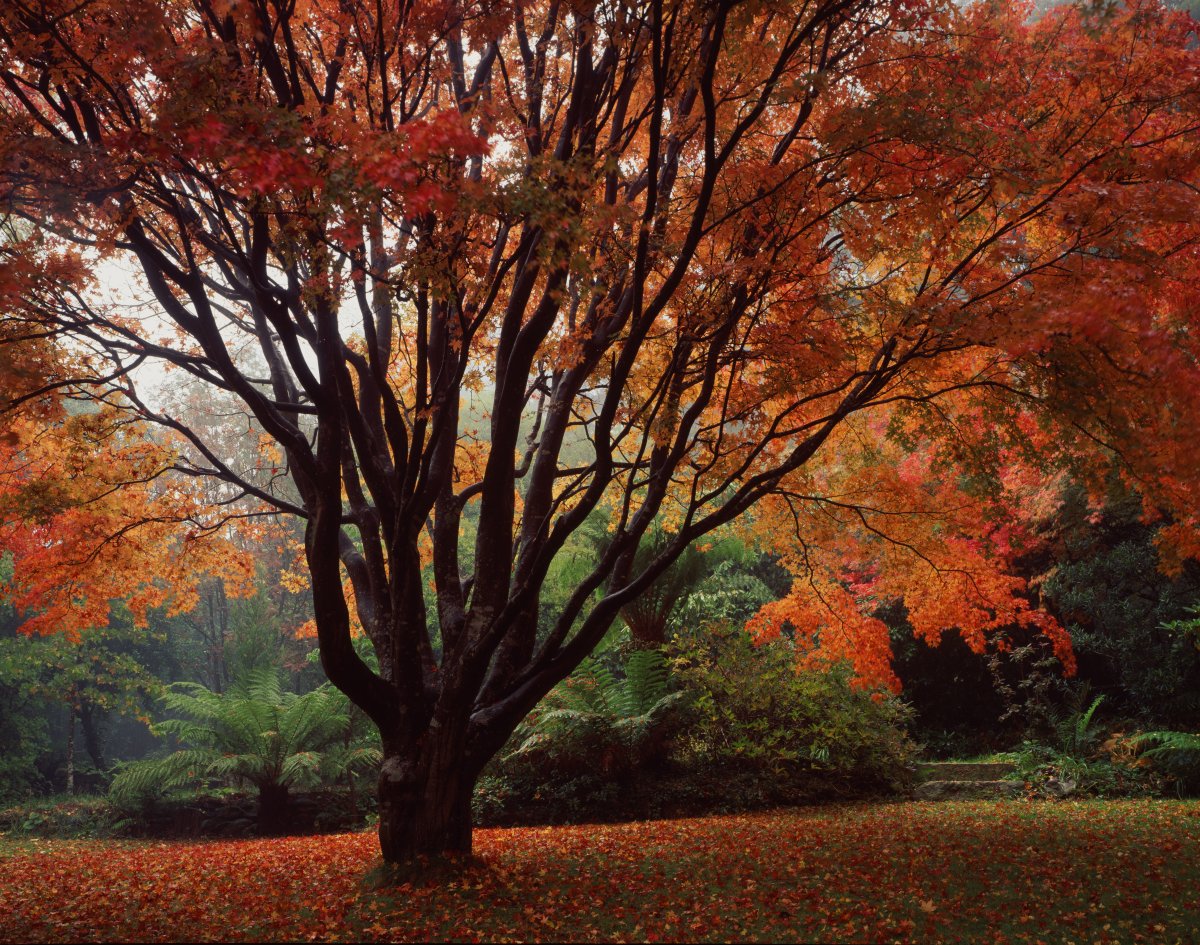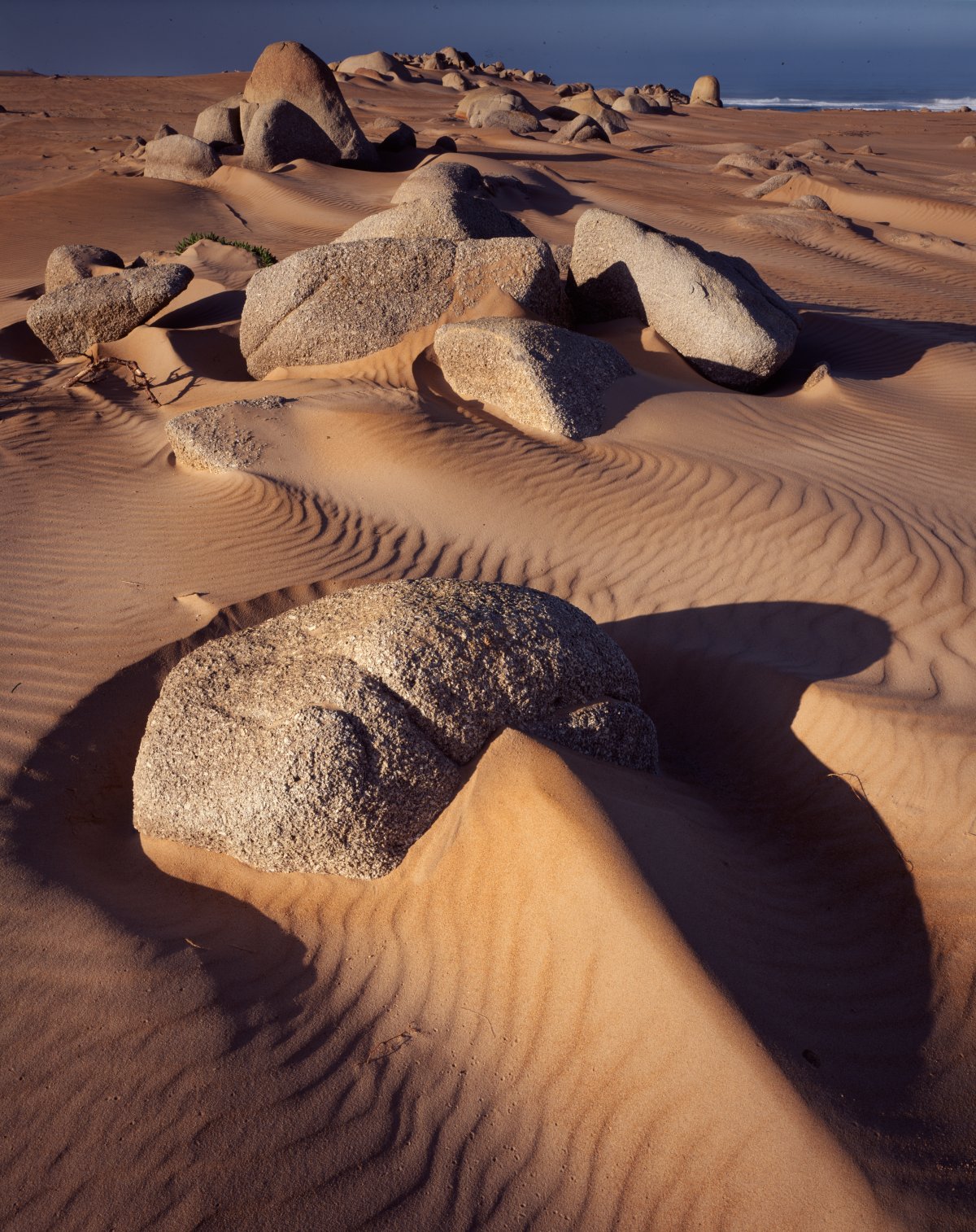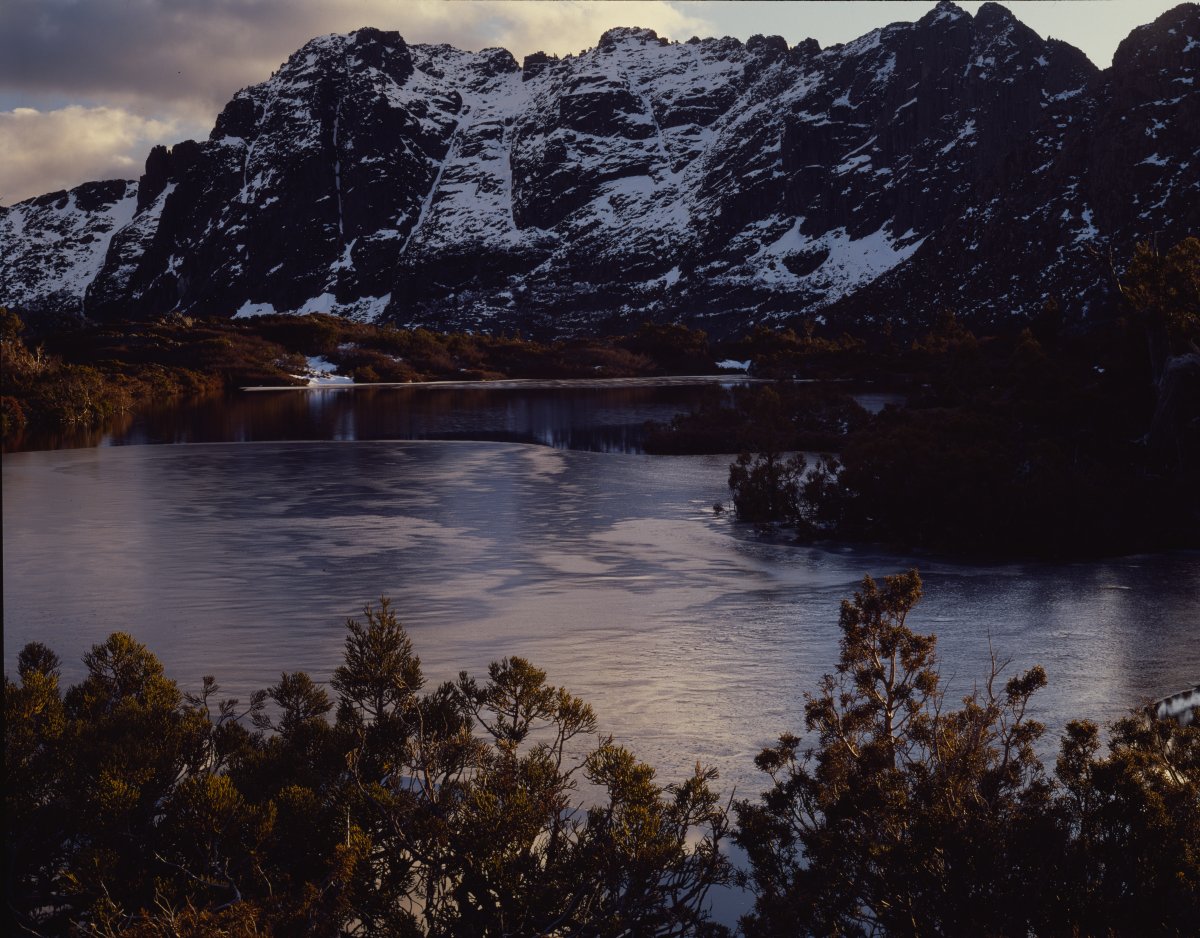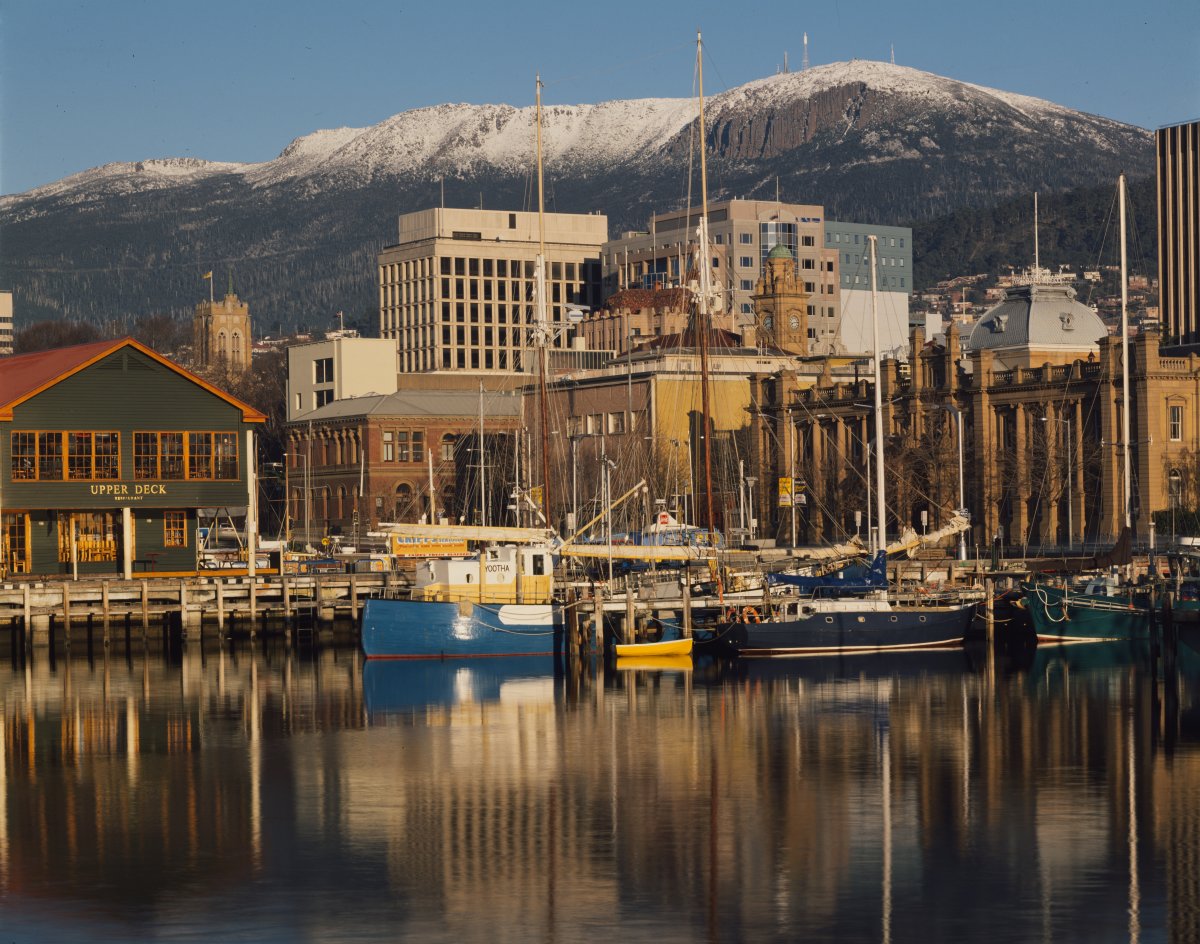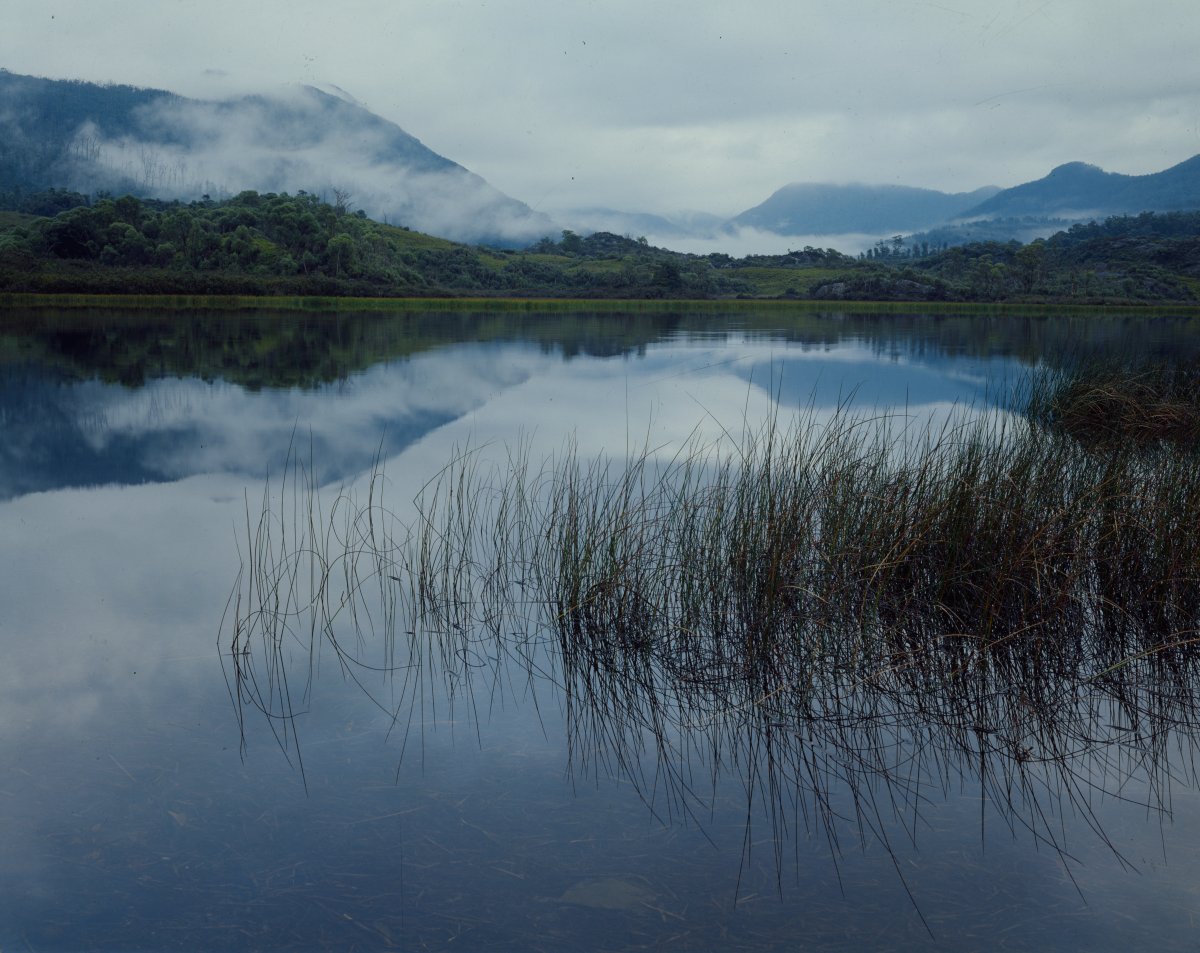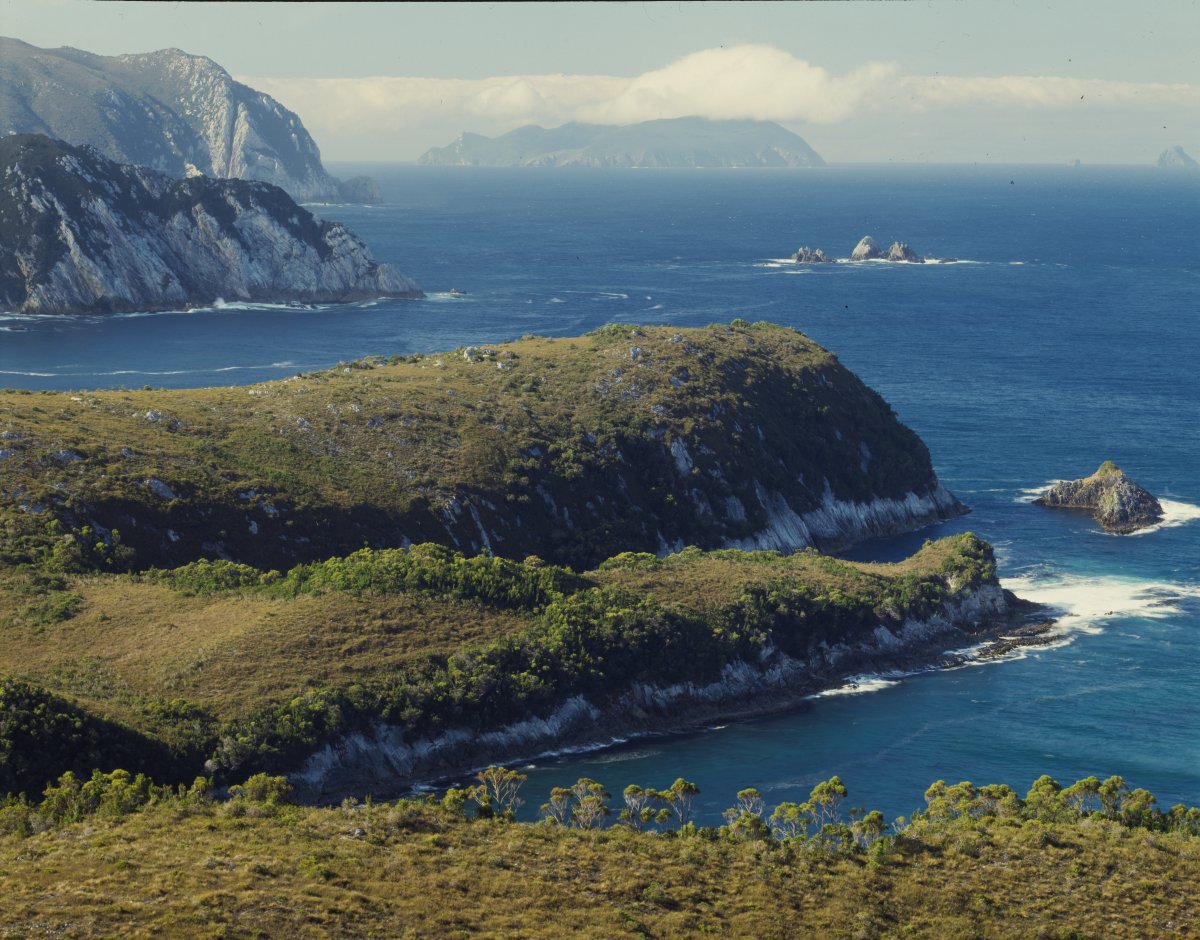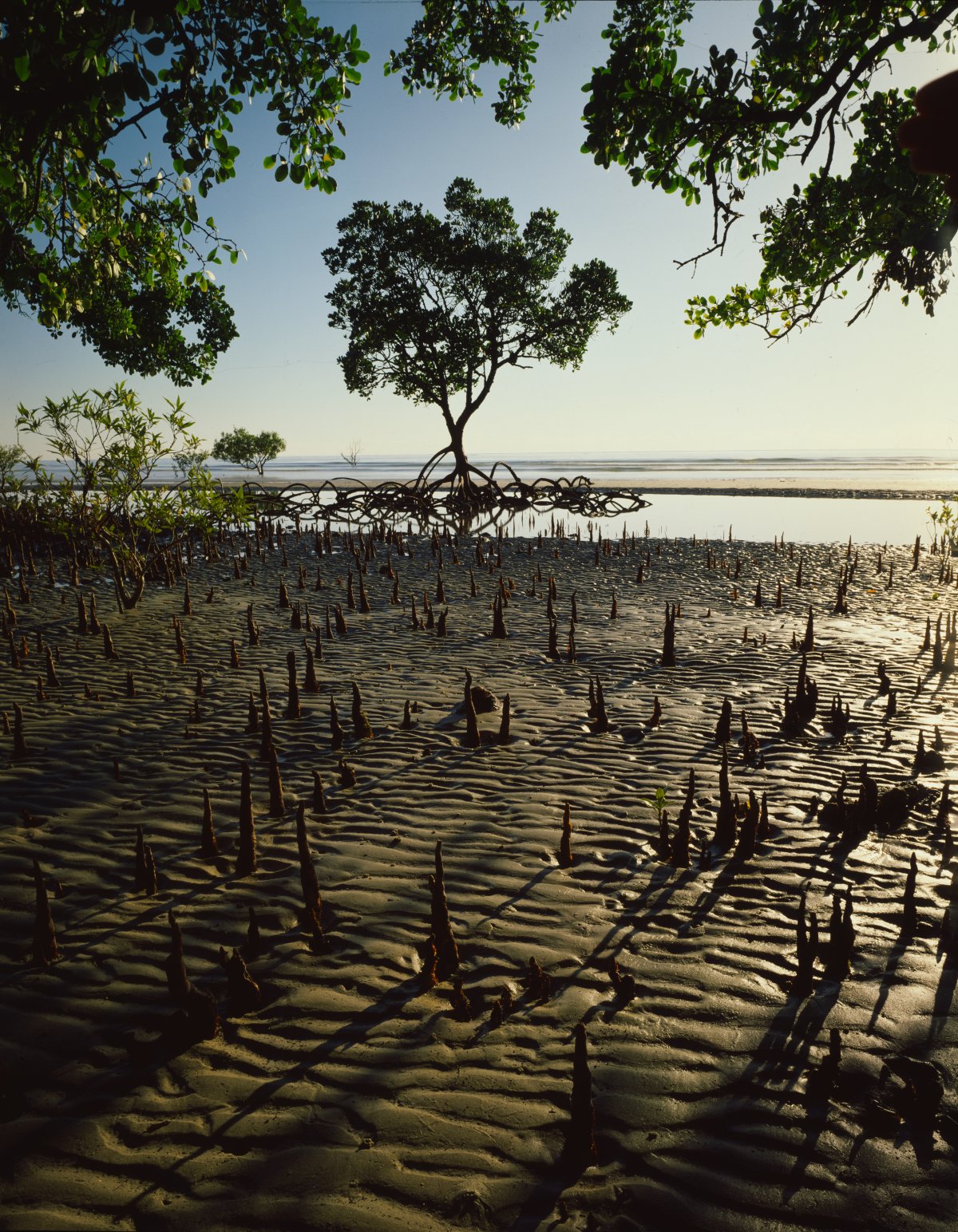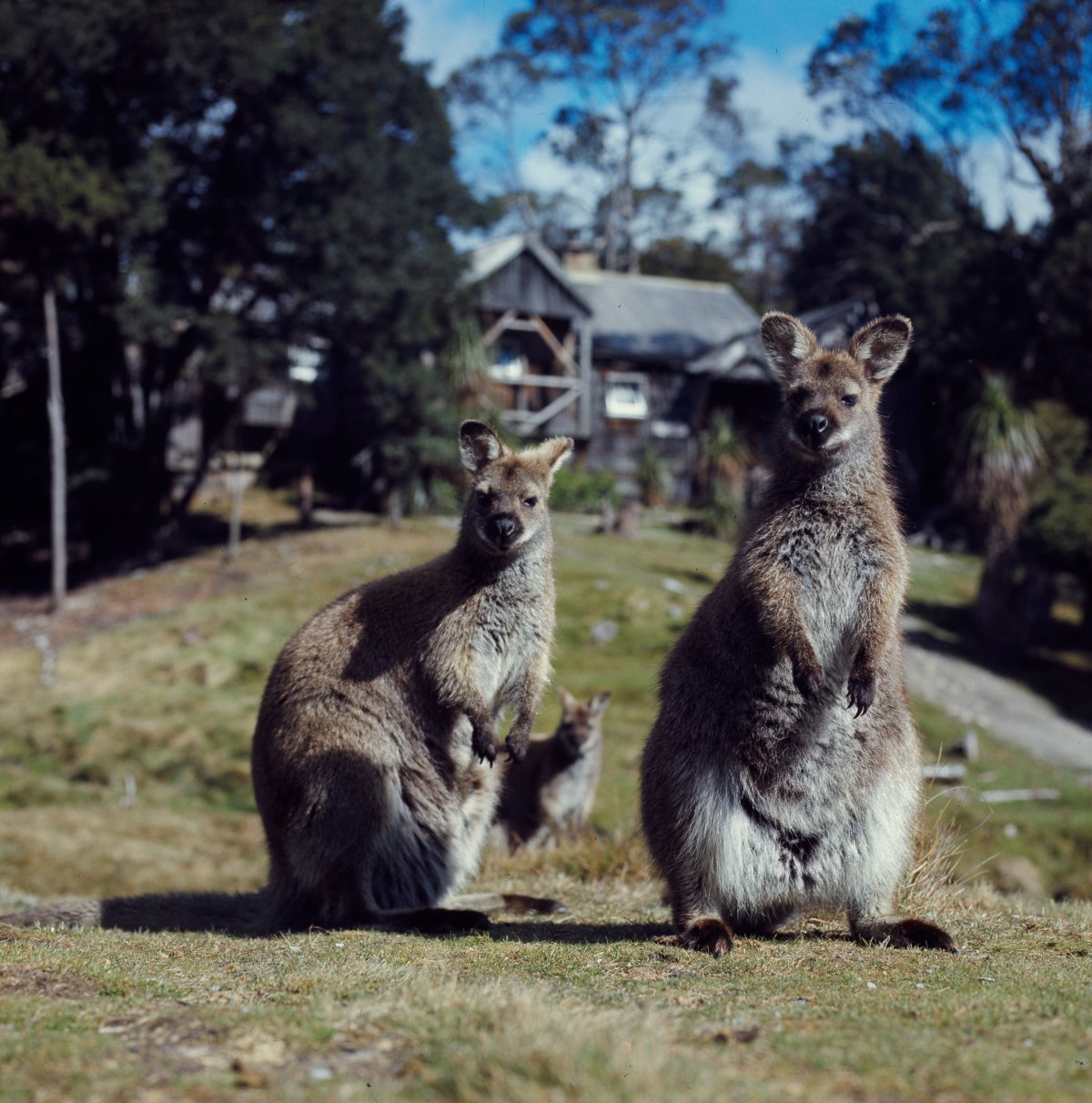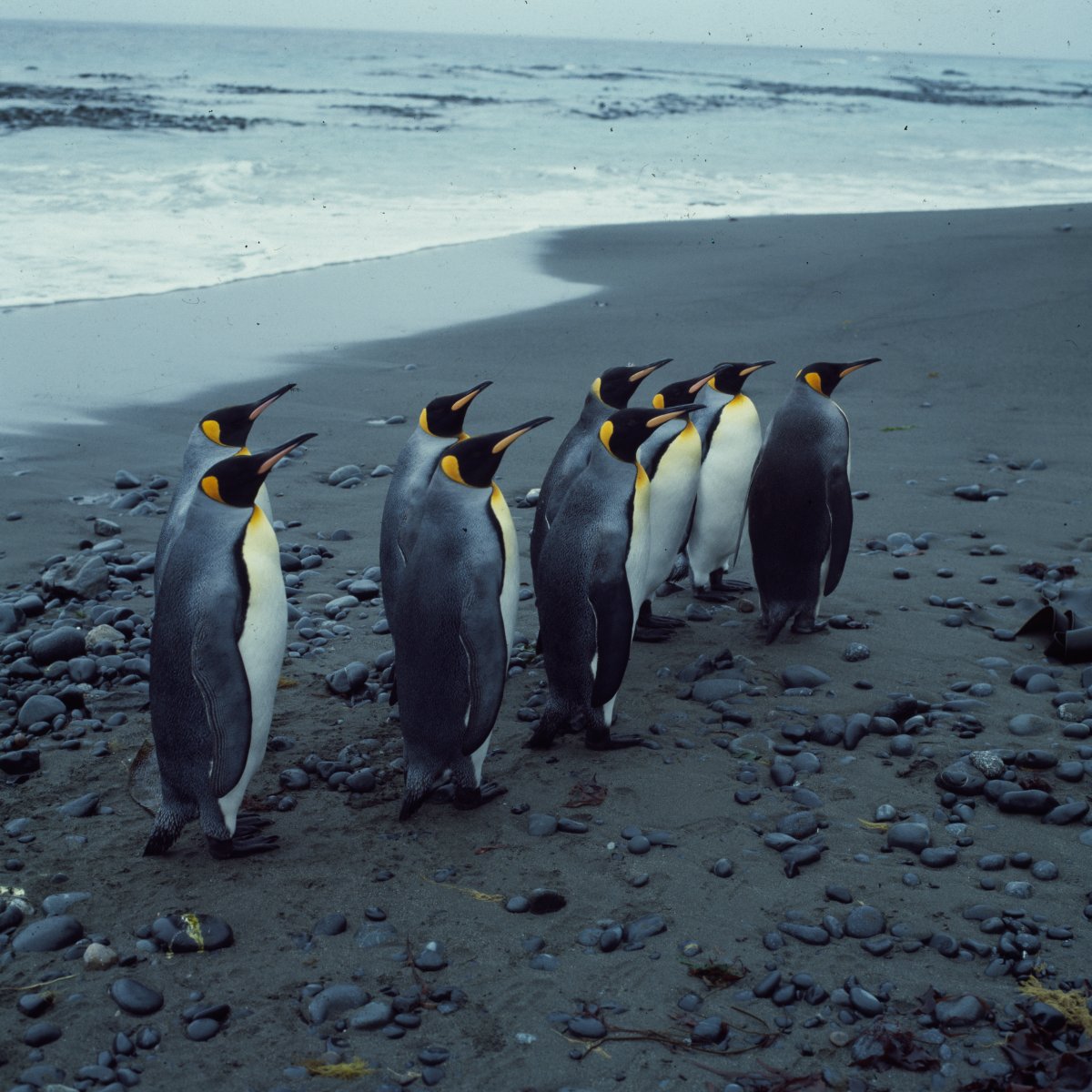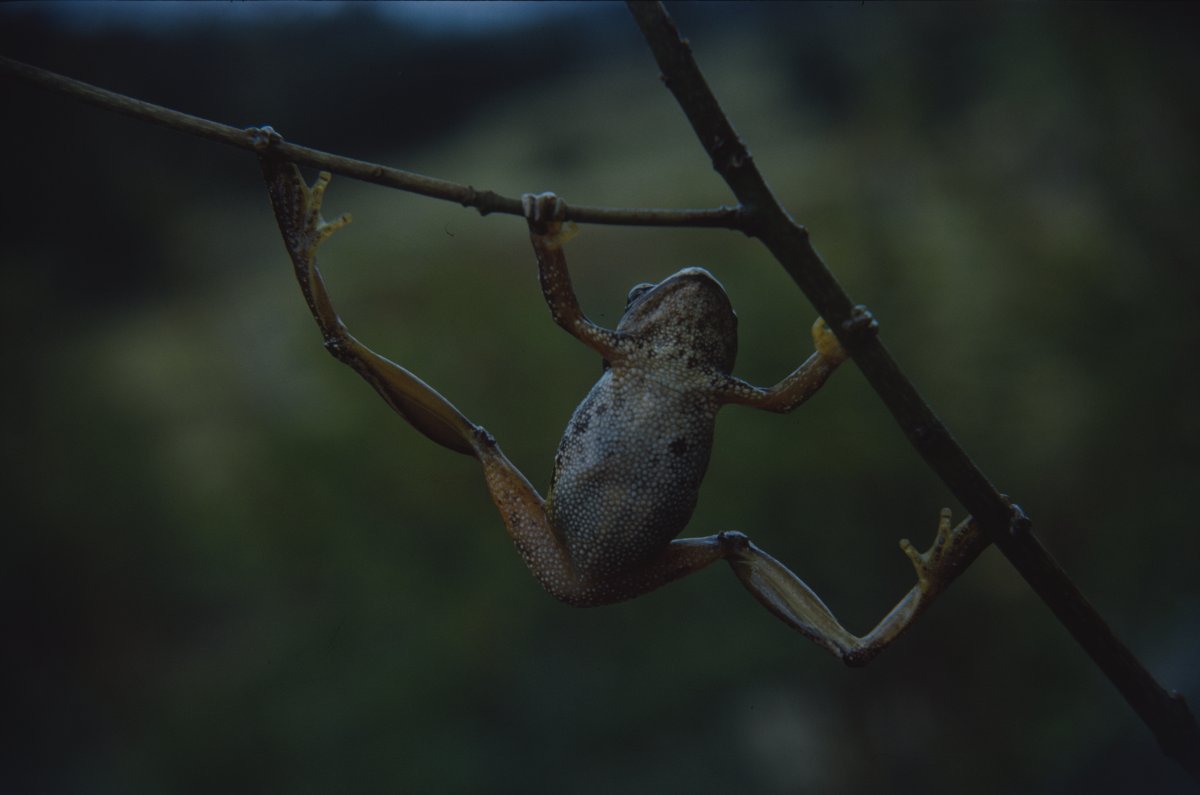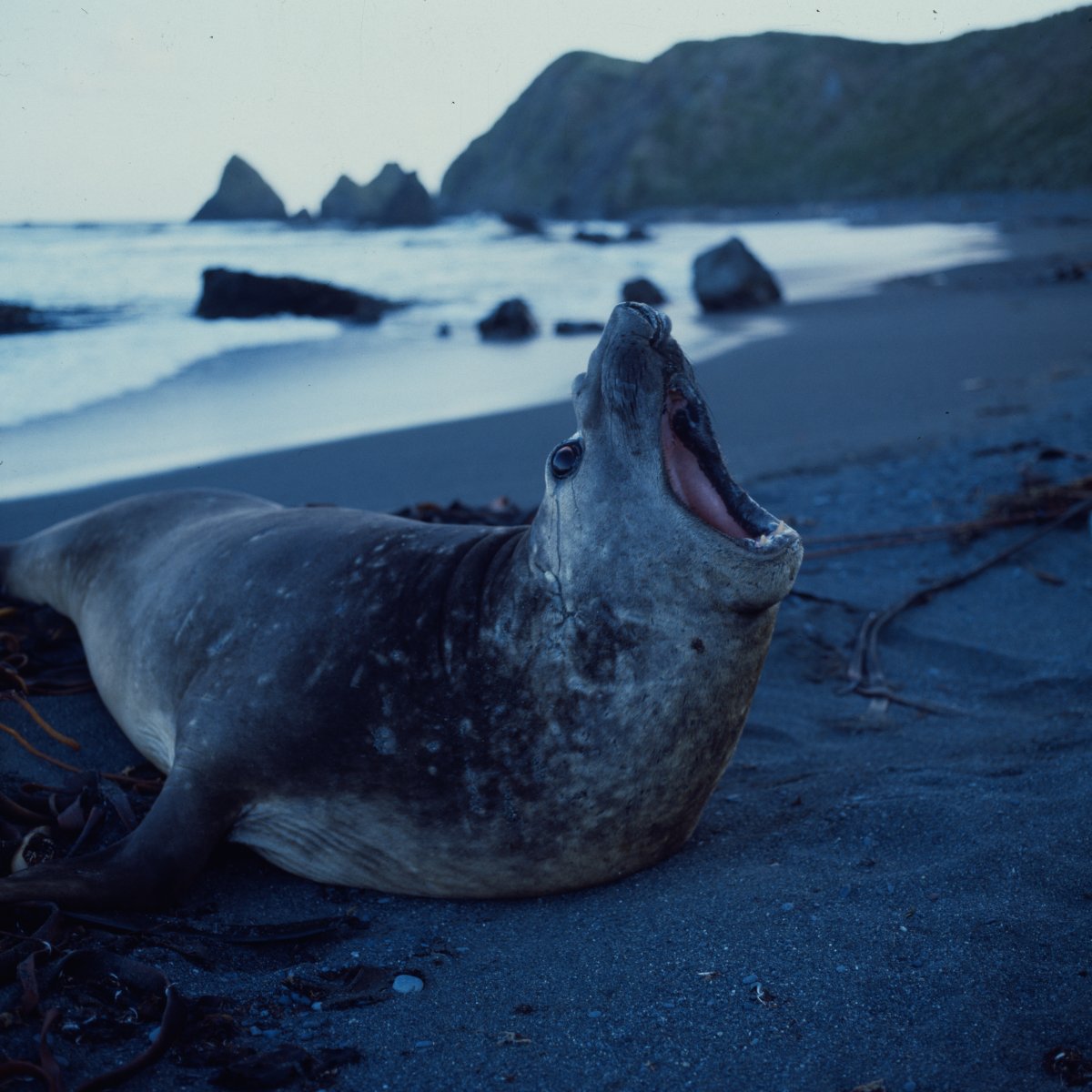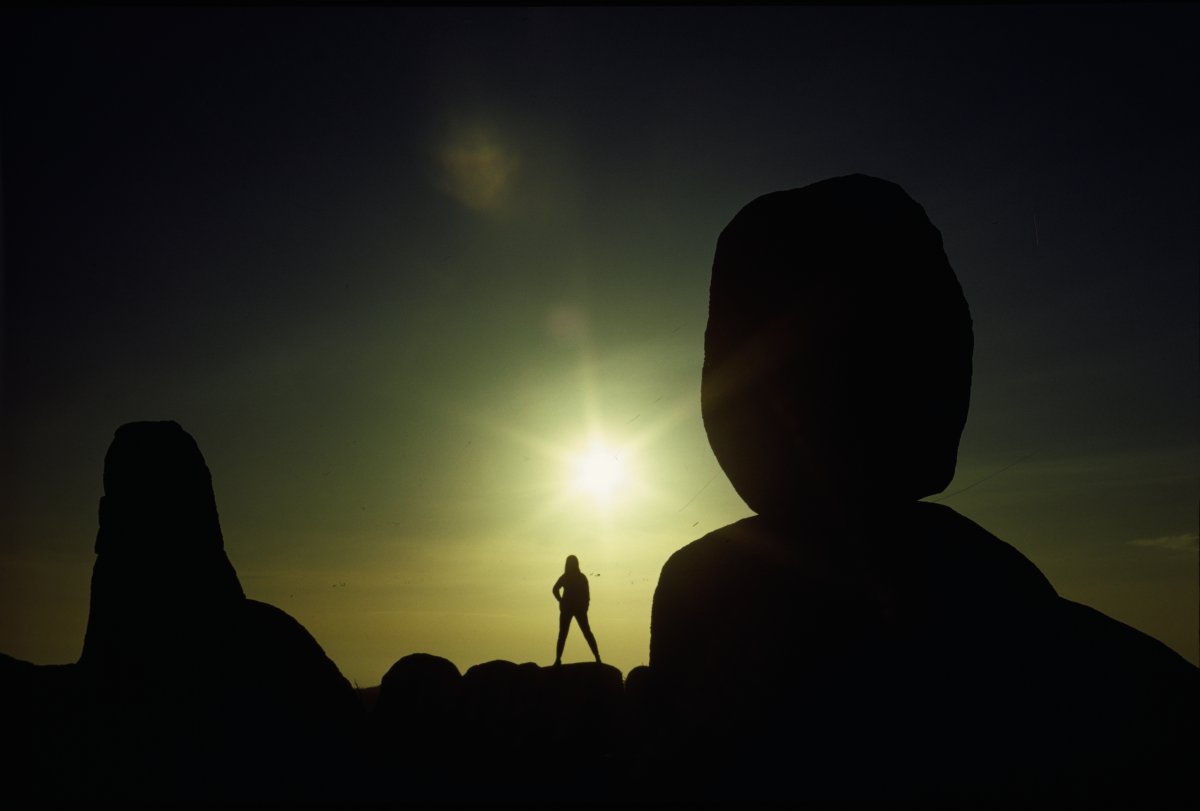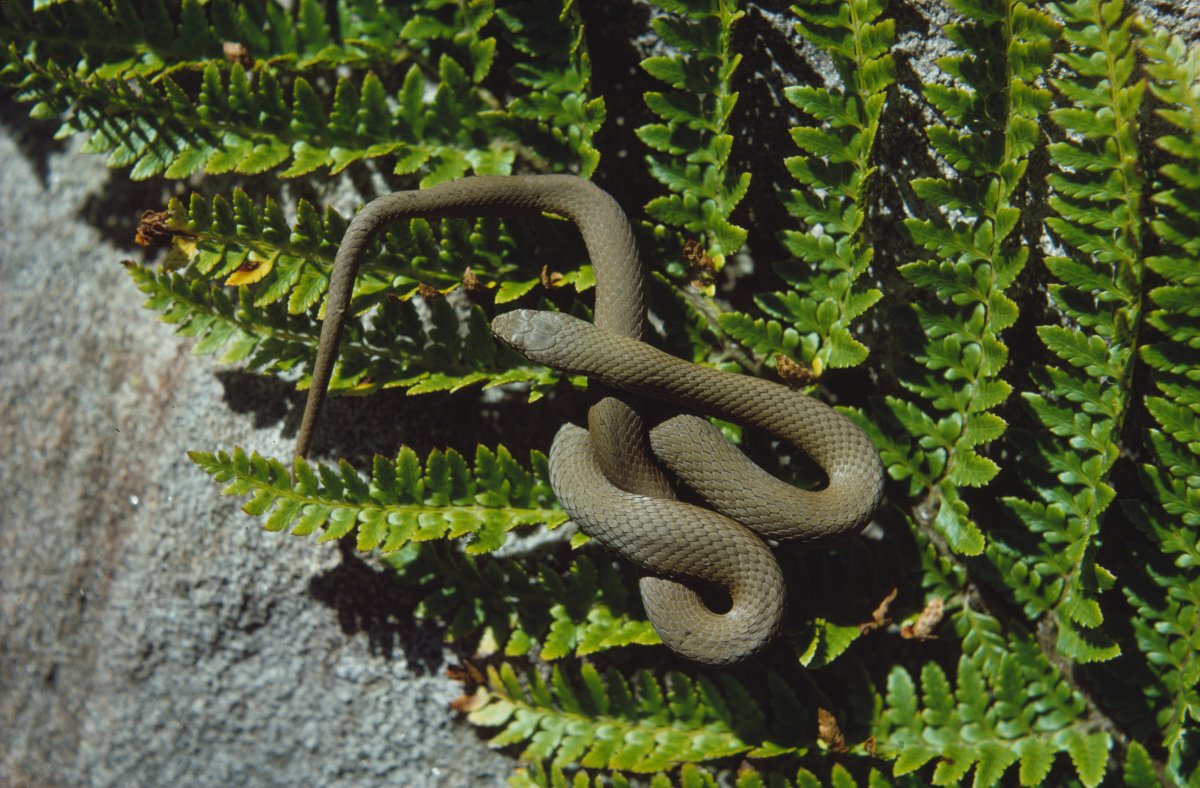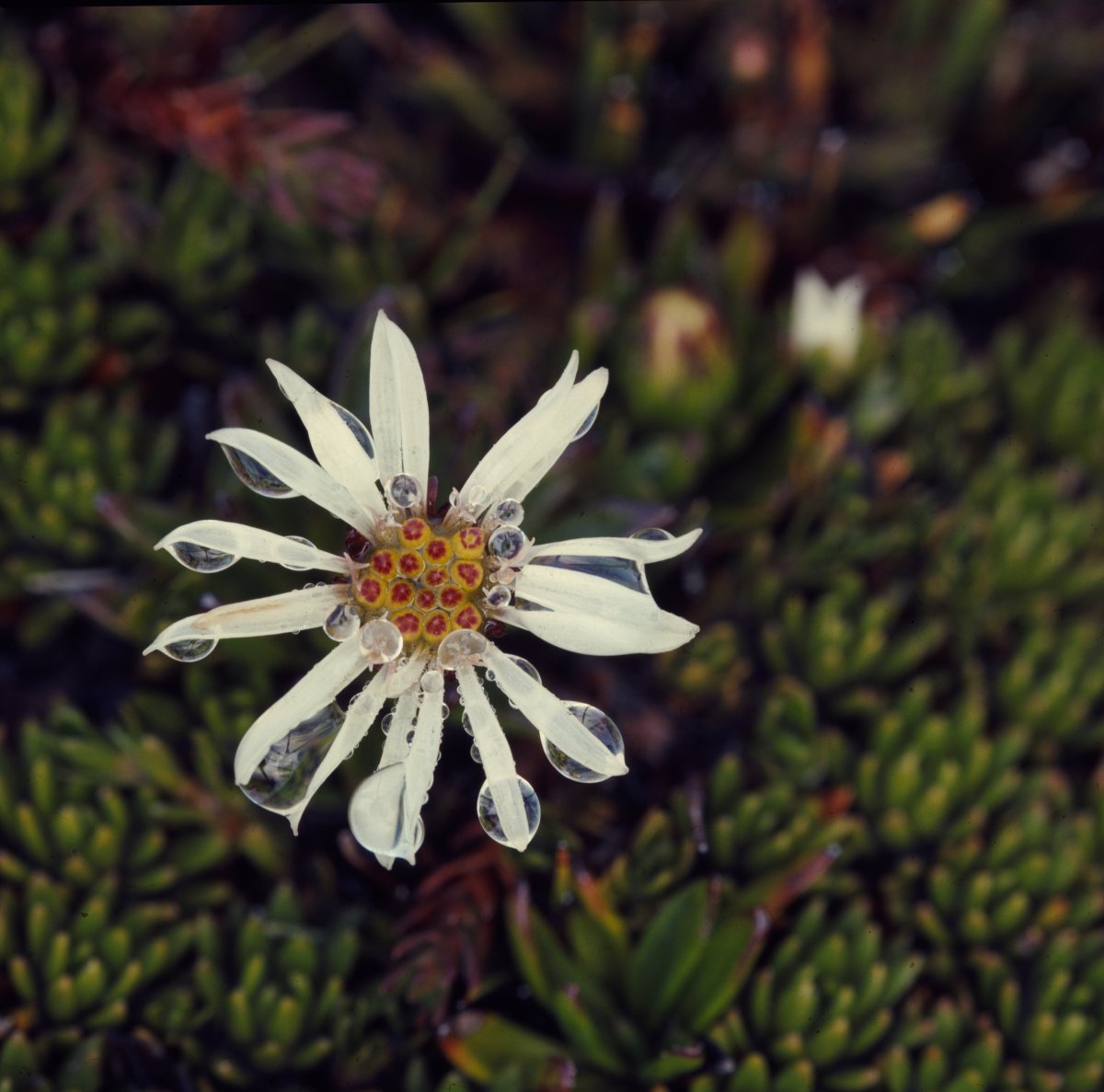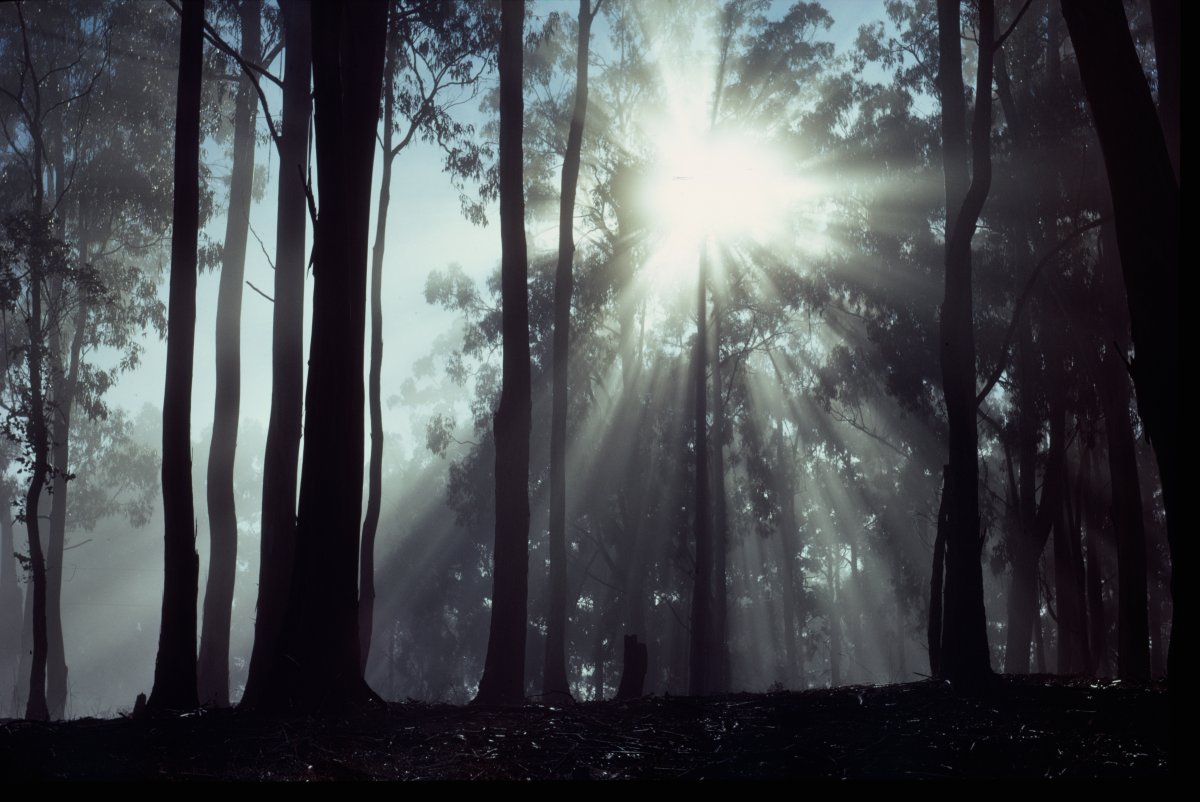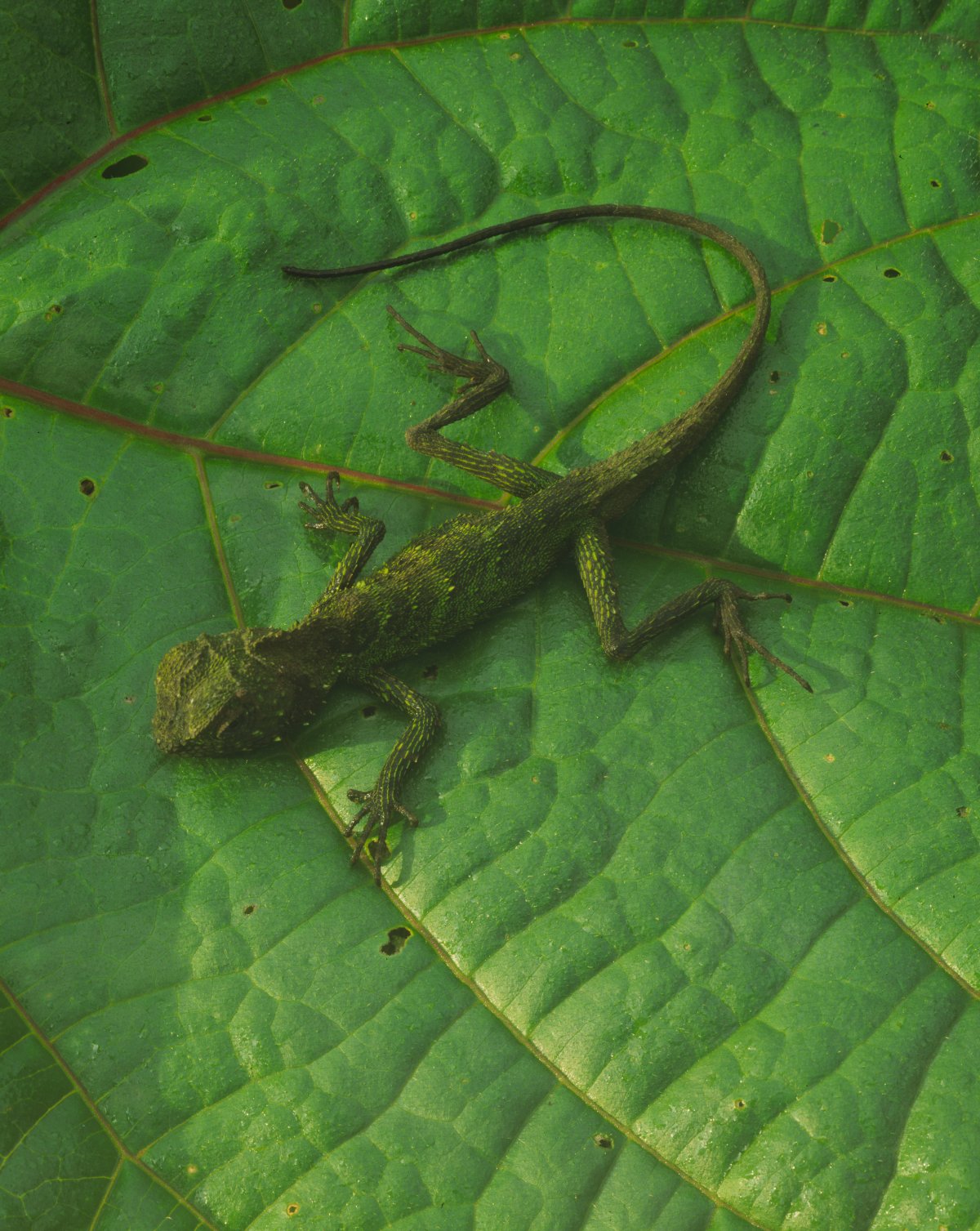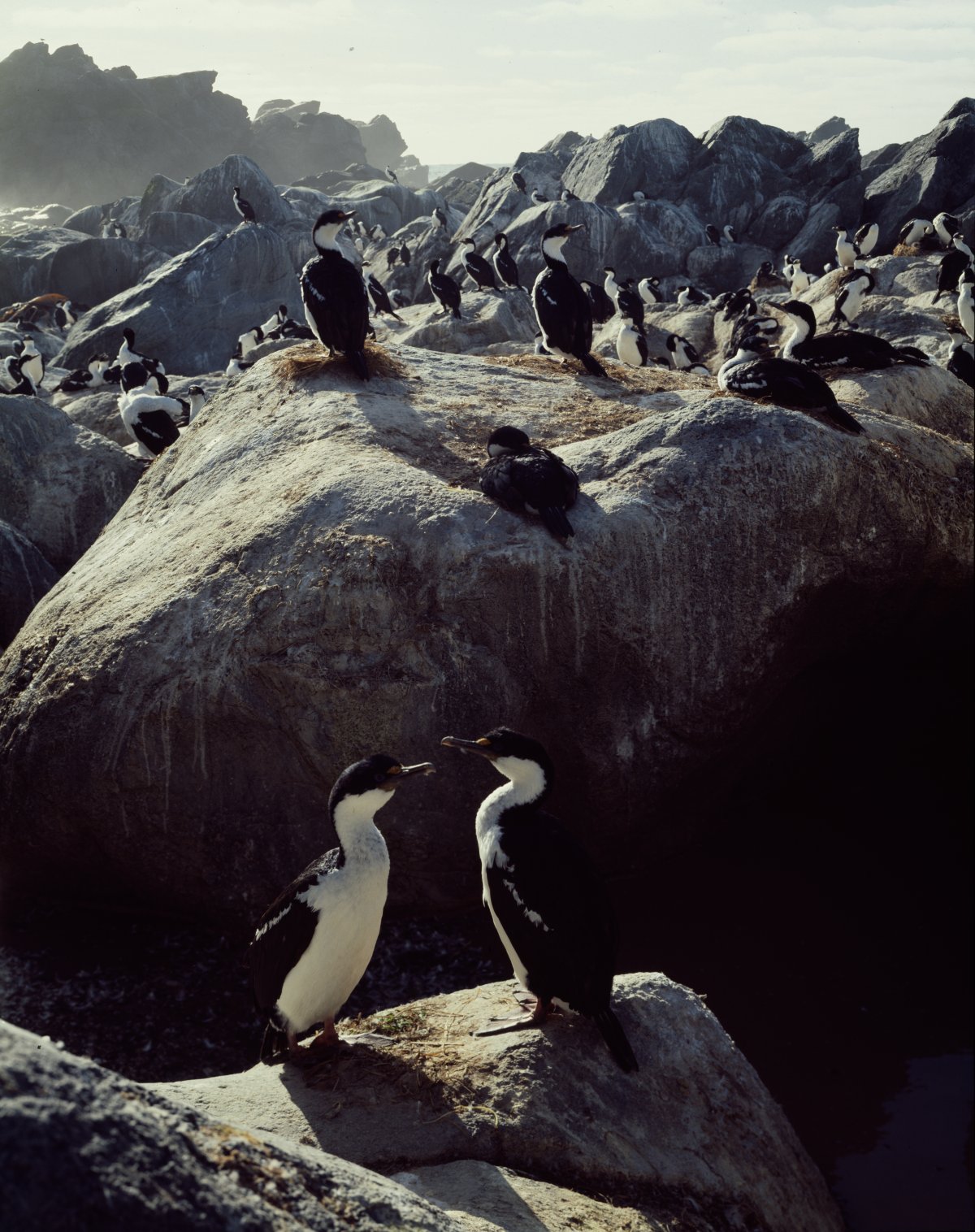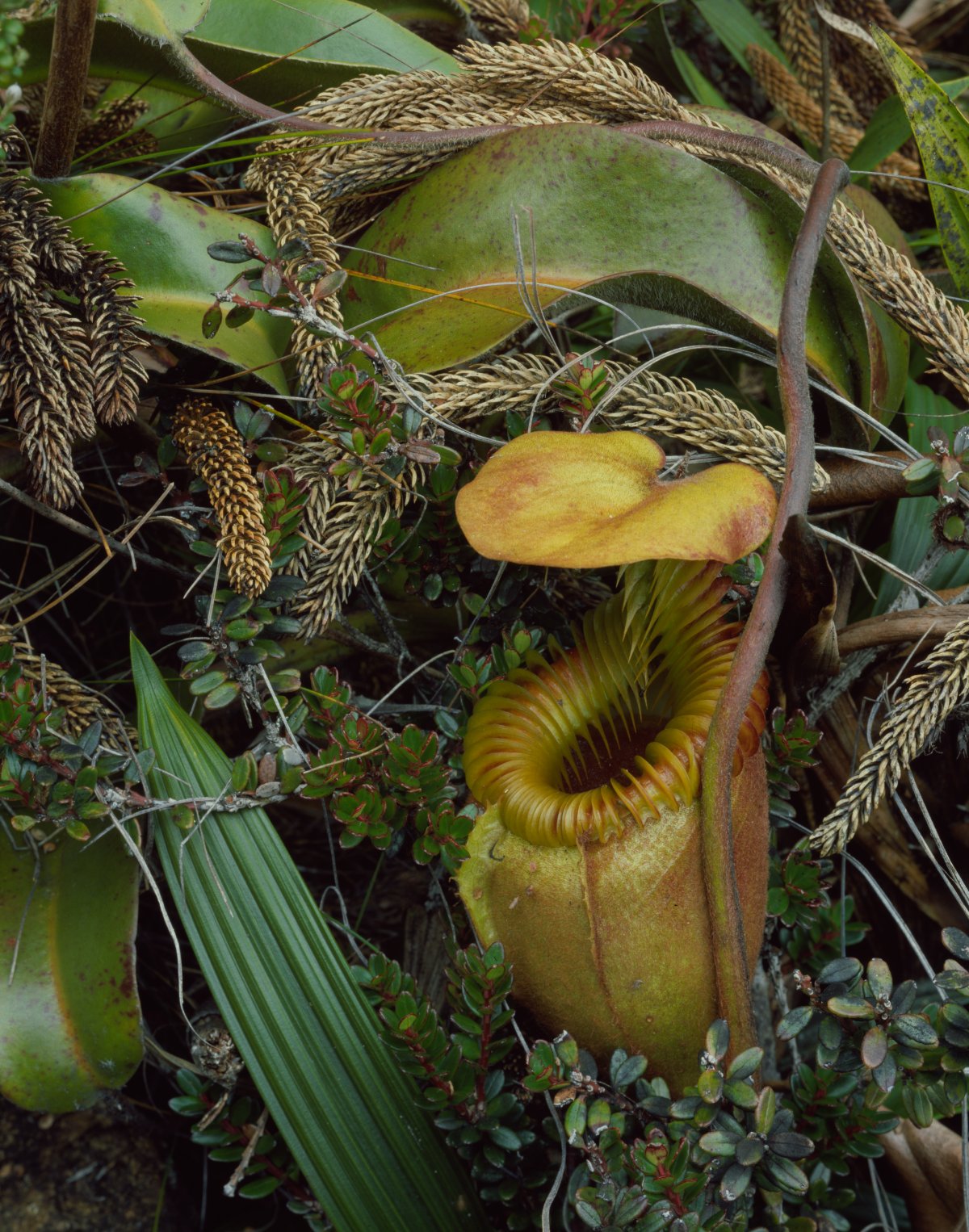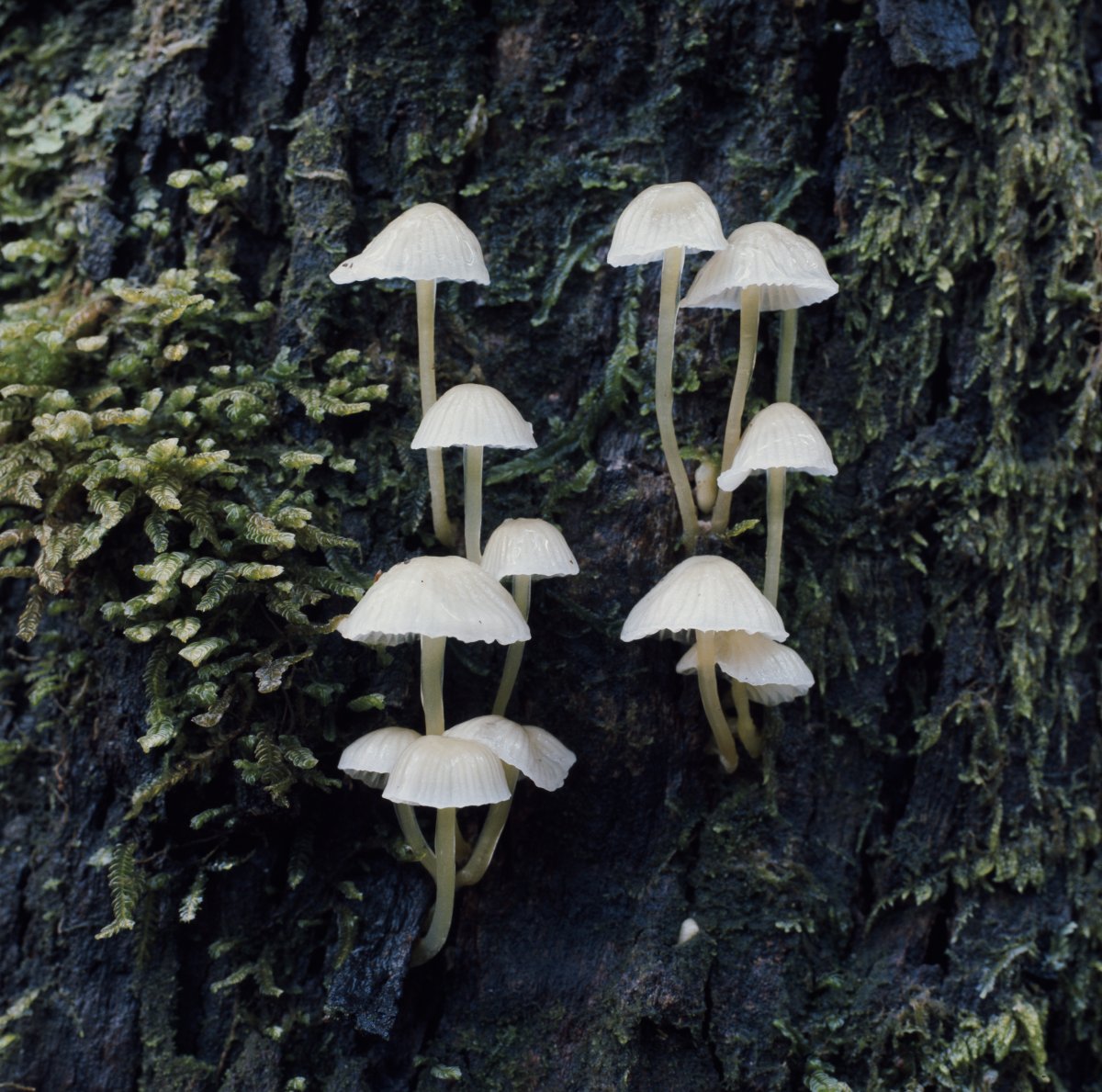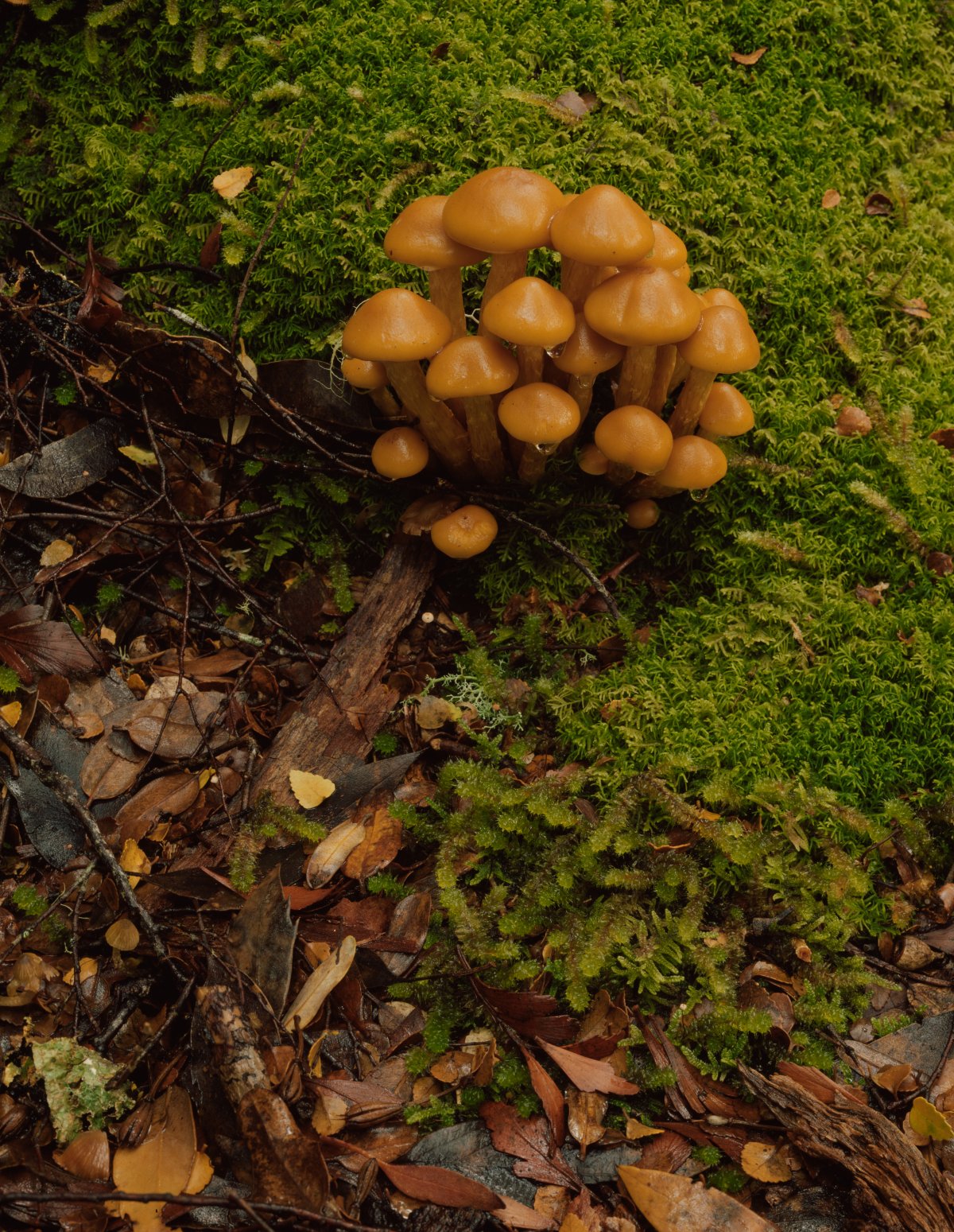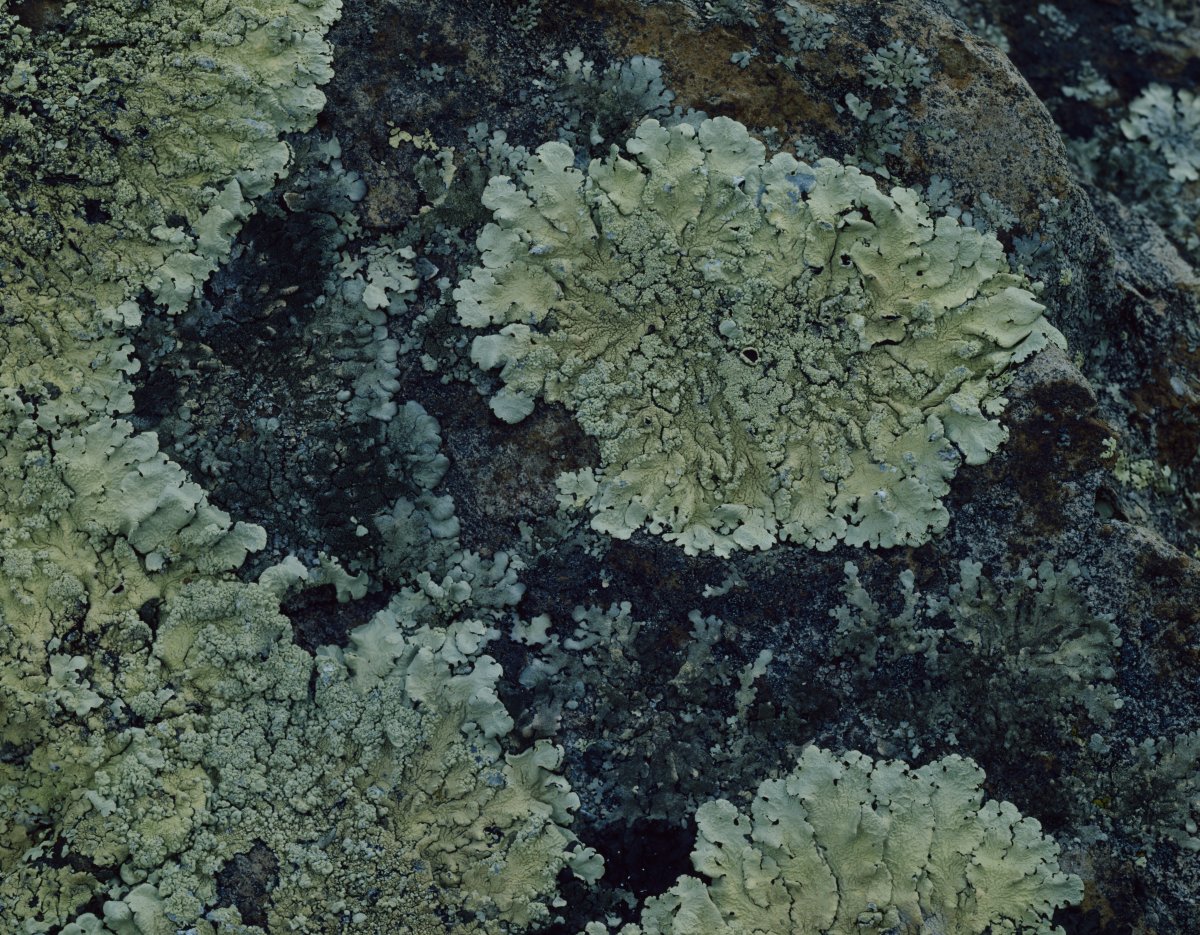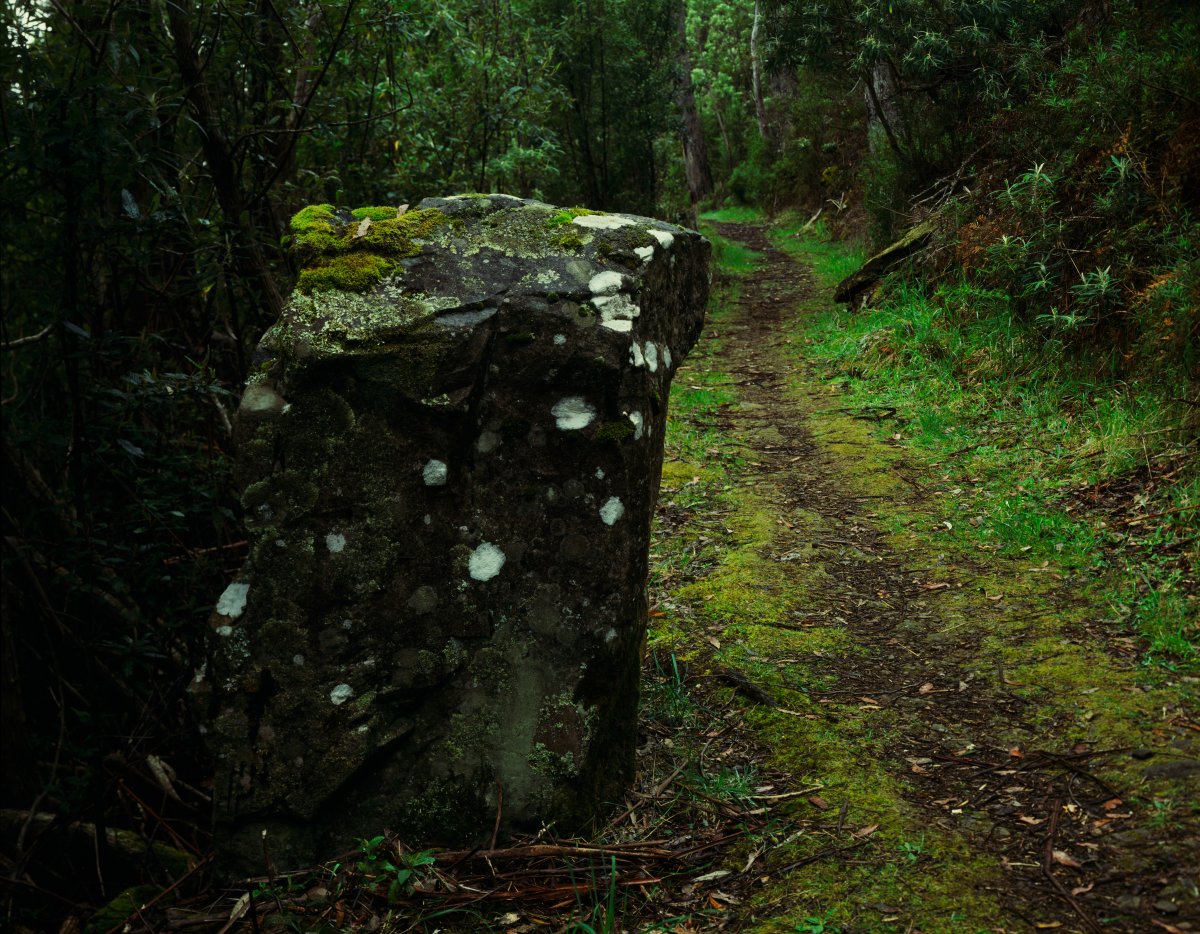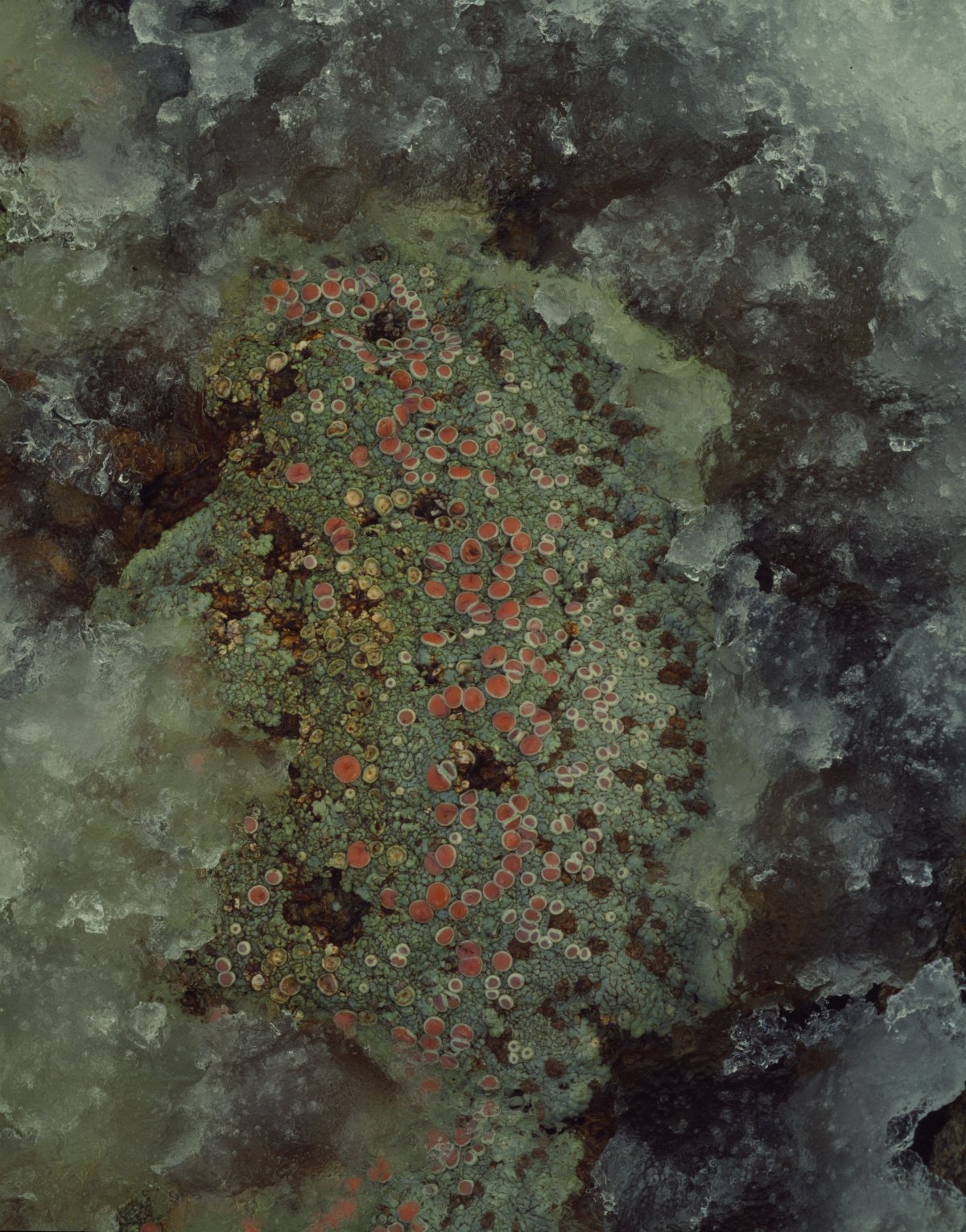The Earth is inhabited by a vast number of living creatures. Some scientists believe there are around 8.7 million species of plants and animals that call our planet home. These living creatures exist in almost every corner of our world with only the most barren of deserts and deepest of oceans remaining unpopulated save for microscopic organisms. In Australia, there are somewhere between 600,000 and 700,000 species of living thing. Many, like the kangaroo and platypus, are found nowhere else on Earth.
Ecosystems
To support this array of life, our planet is divided into a wide variety of ecological systems or ecosystems. There are many types of ecosystems, but broad examples include:
- Terrestrial(land) ecosystem
- Boreal (forest) ecosystem
- Groundwater-dependent ecosystems
- Montane (mountain) ecosystem
- Urban ecosystem
- Aquatic (water) ecosystem
- Freshwater ecosystem
- Lake ecosystem
- Large marine (ocean) ecosystem
- Marine (salt water) ecosystem
- River ecosystem
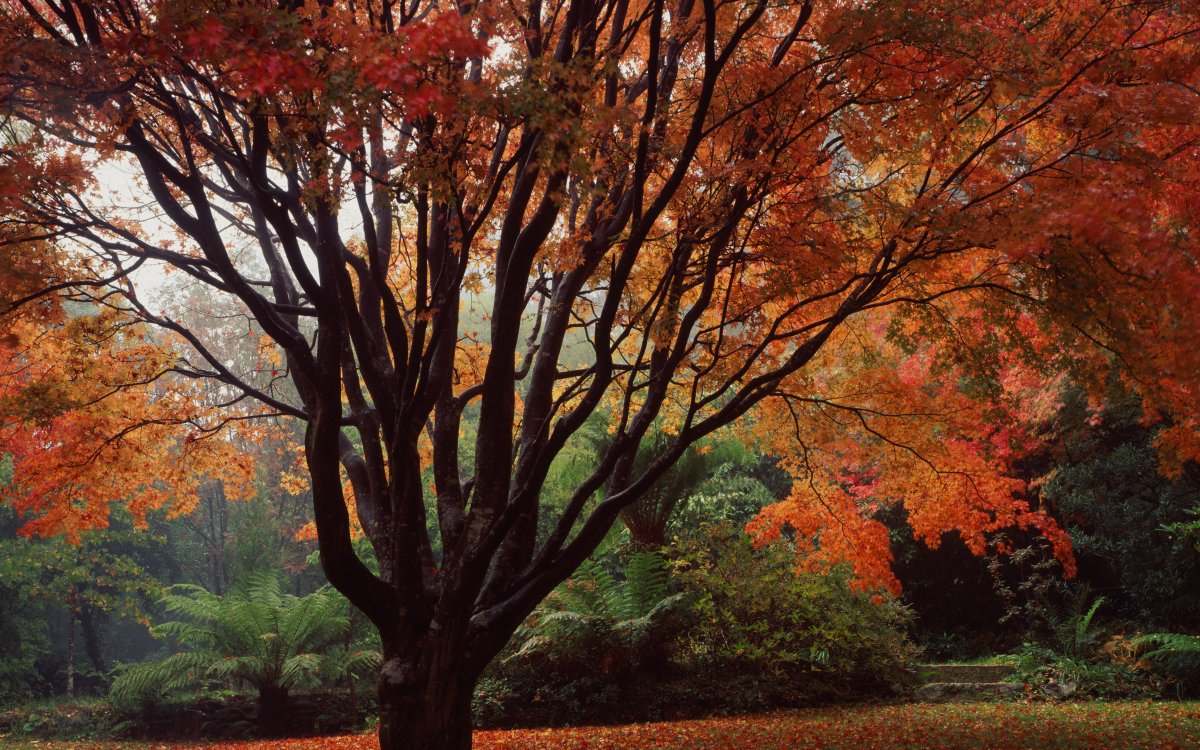
Dombrovskis, Peter, 1945-1996. (1993). Acer in autumn, Dombrovskis' garden, Fern Tree, Tasmania, 1993? [transparency] / Peter Dombrovskis. https://nla.gov.au/nla.obj-150387361
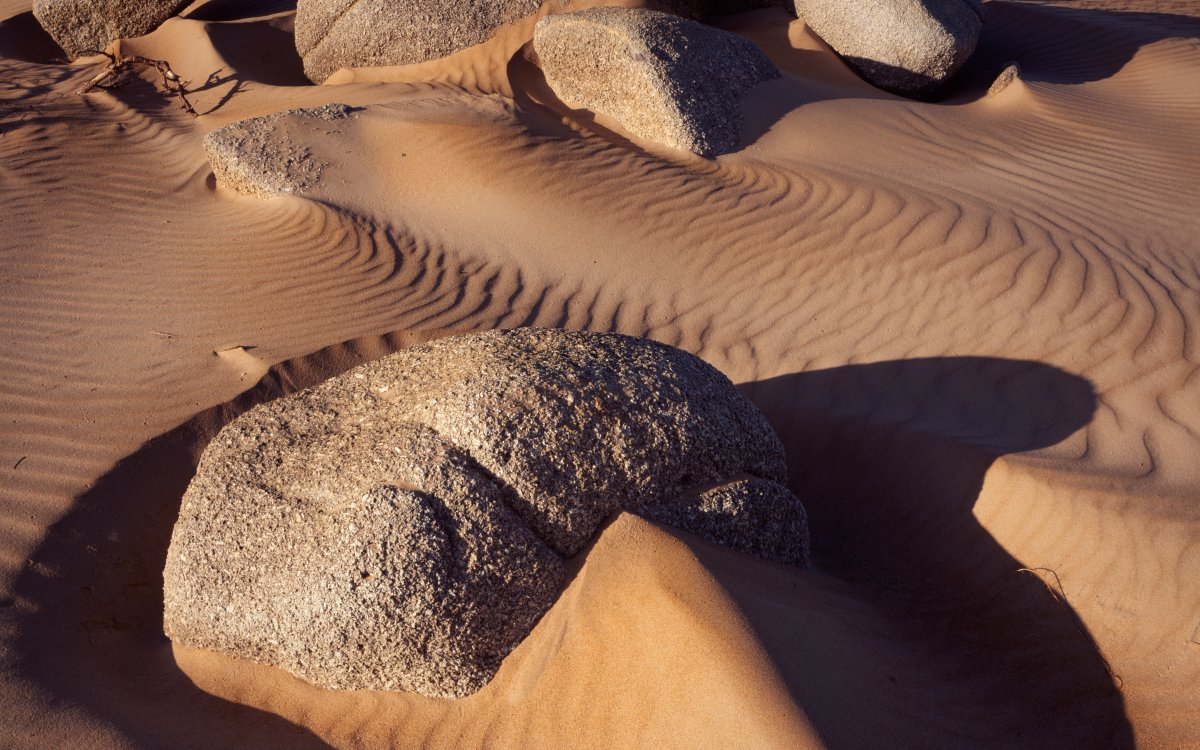
Dombrovskis, Peter, 1945-1996. (1992). Dunes and granite, Tarkine Wilderness, Tasmania, 1992 [transparency] / Peter Dombrovskis. https://nla.gov.au/nla.obj-149199870
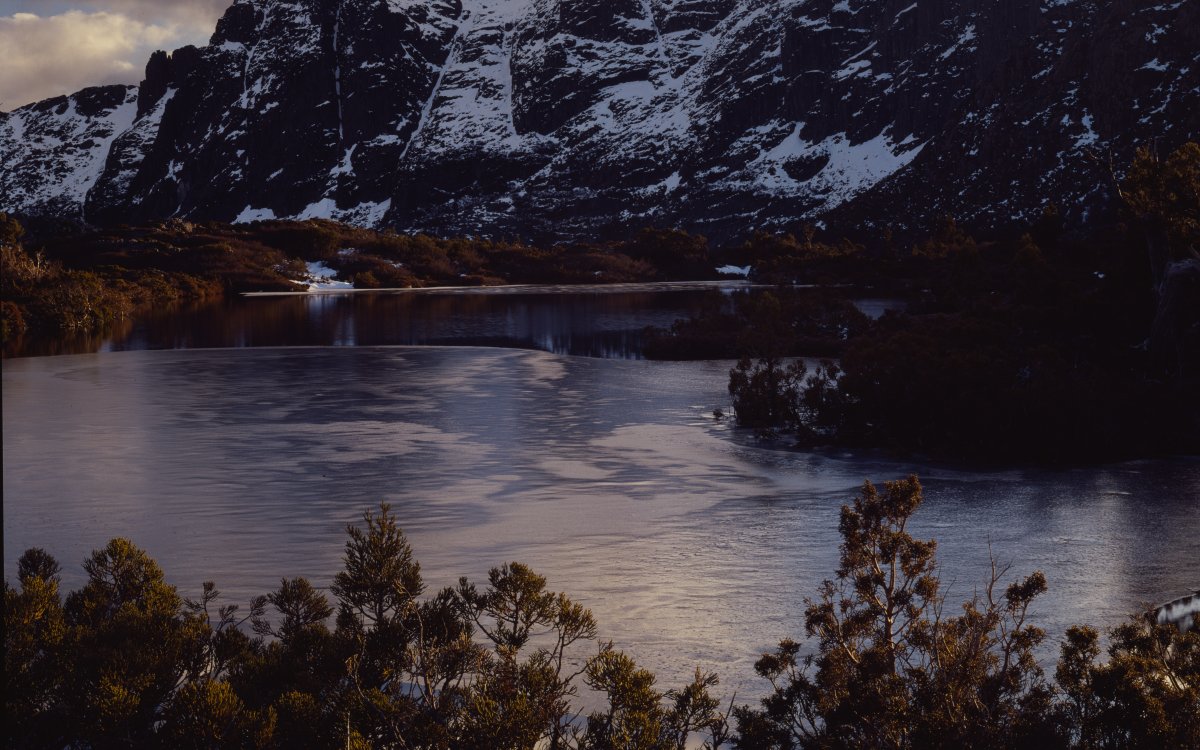
Dombrovskis, Peter, 1945-1996. (1978). Cradle Mountain, Tasmania, 1978? [transparency] / Peter Dombrovskis. https://nla.gov.au/nla.obj-151036676
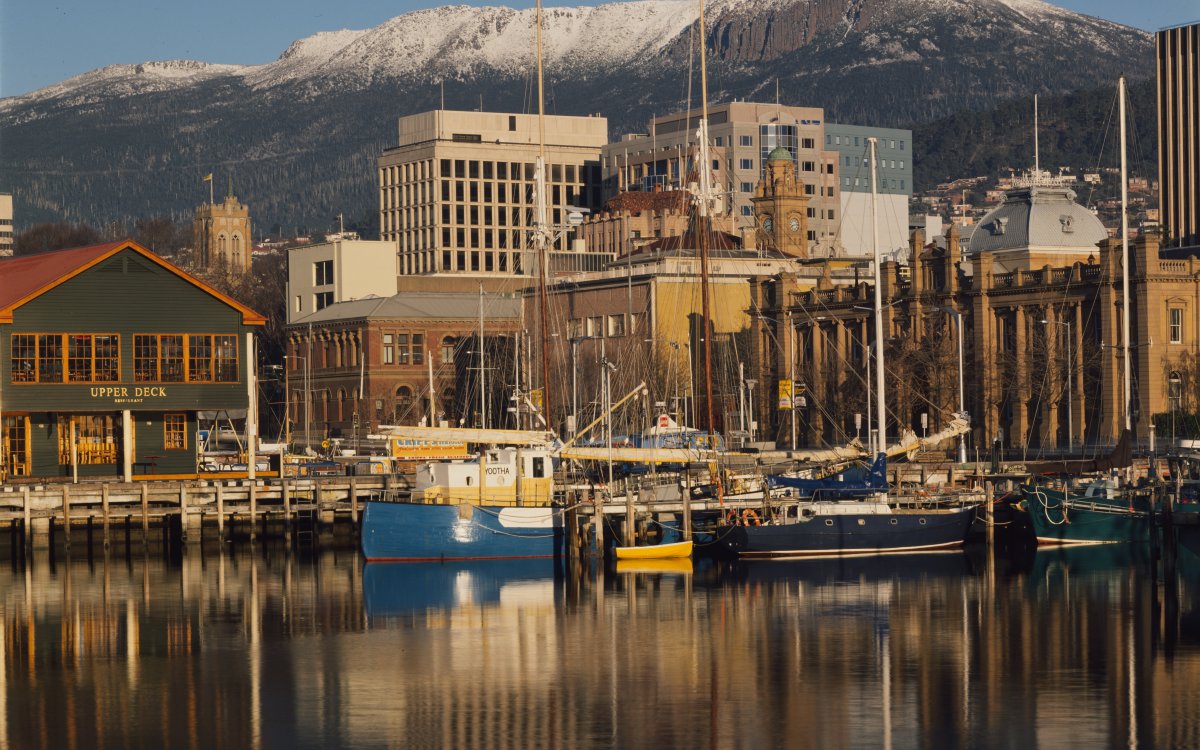
Dombrovskis, Peter, 1945-1996. (1990). Victoria dock and Mount Wellington, Hobart, Tasmania, 1990? [transparency] / Peter Dombrovskis. https://nla.gov.au/nla.obj-150530125
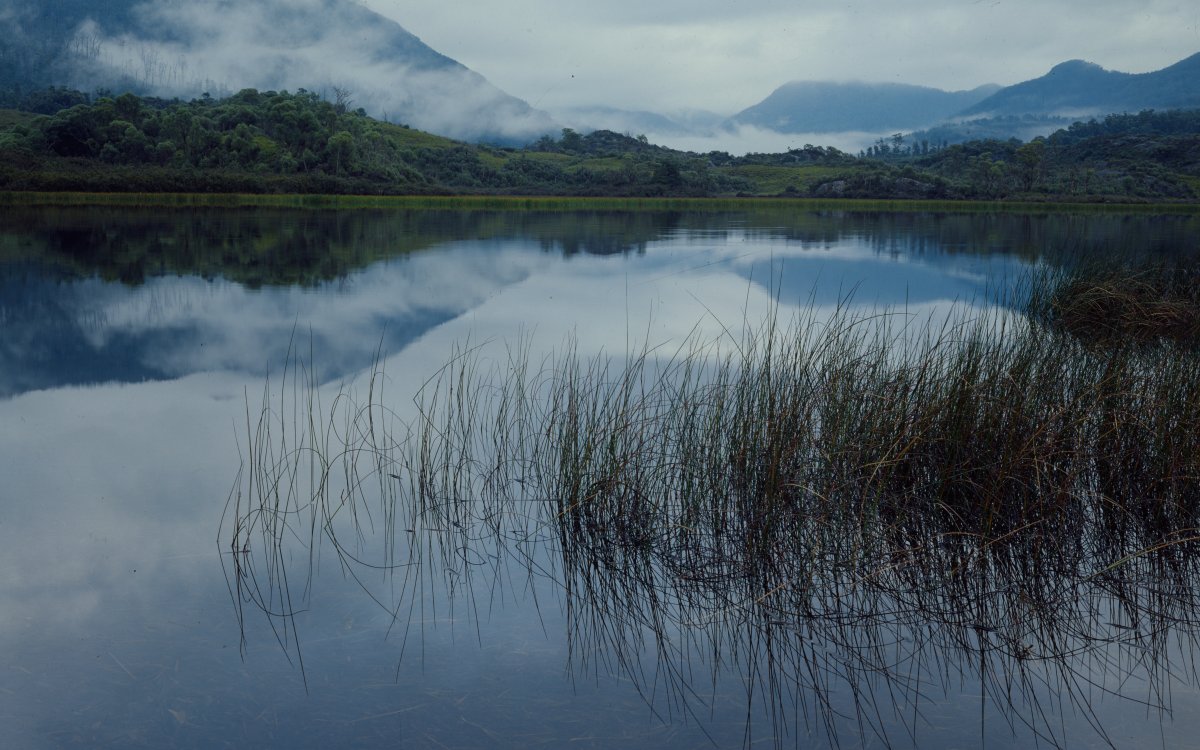
Dombrovskis, Peter, 1945-1996. (1979). Lake Dixon, Tasmania, 1979 [transparency] / Peter Dombrovskis. https://nla.gov.au/nla.obj-149289824
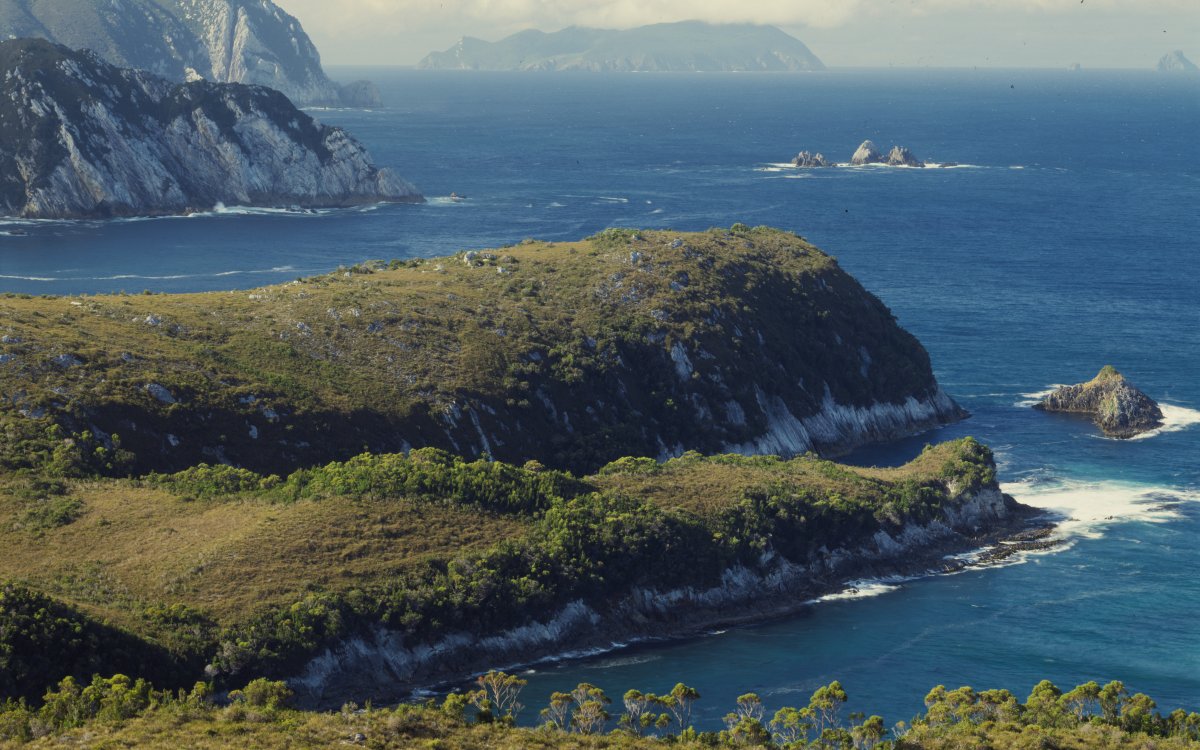
Dombrovskis, Peter, 1945-1996. (1995). Coastline, Port Davey, southwest Tasmania, 1995? [transparency] / Peter Dombrovskis. https://nla.gov.au/nla.obj-148516347
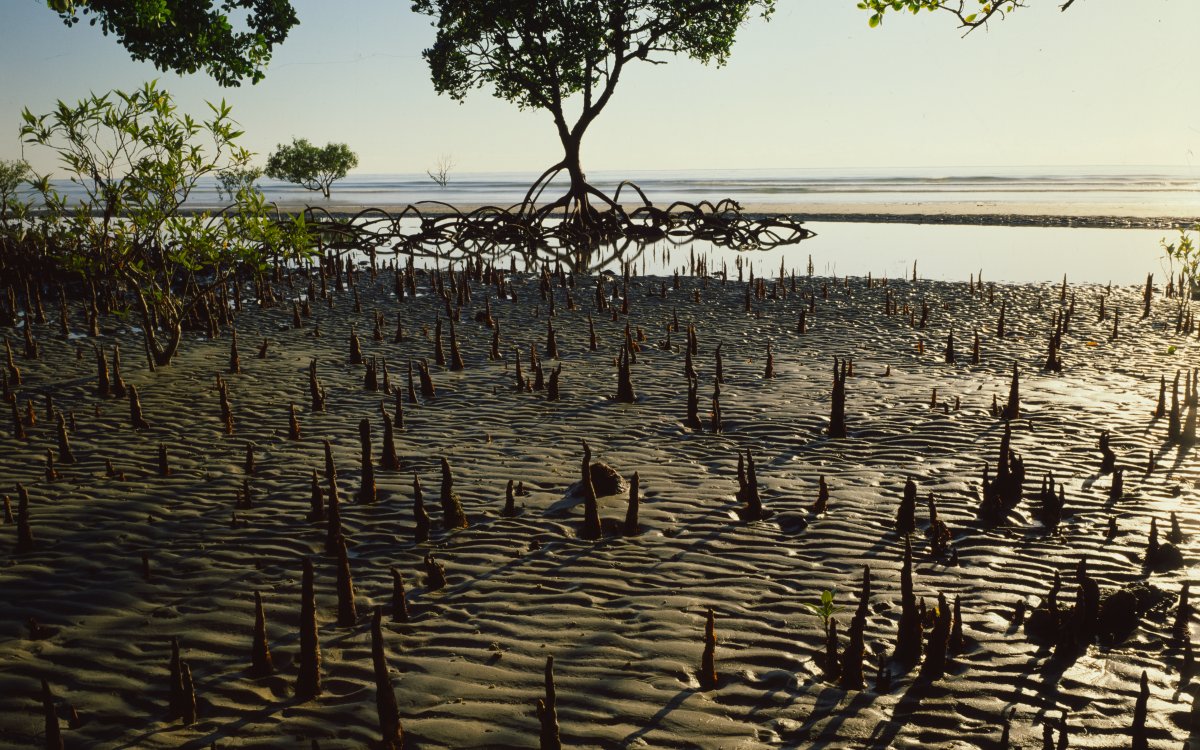
Dombrovskis, Peter, 1945-1996. (1986). Mangroves north of Emmagen Creek, Greater Daintree, Queensland, 1986, 1 [transparency] / Peter Dombrovskis. https://nla.gov.au/nla.obj-148800870
An ecosystem is made up of every living thing within it from the largest trees to the smallest organisms. Just like its inhabitants, ecosystems come in a range of shapes and sizes. An eco-system can be the size of an ocean and all life within it, or it can be as small as a single leaf which can support life for insects, and the animals that feed on them. A large ecosystem can also consist of many smaller ecosystems or communities of life. A stretch of bushland can be considered one ecosystem, but the canopy of its trees can be considered its own ecosystem. The forest floor, covered in bark, branches and leaves supports distinct life so could be considered an ecosystem, so too could the space under the leaves and logs as insects and small reptiles call these dark, moist places home.
The worlds living spaces are often linked like this:
- Individual – One animal - a fish
- Population – A group of animals - a school of fish
- Community – Populations the live together in a defined area - The animals and plants those fish eat, get eaten by or that provide shelter for the fish
- Ecosystem – The wider environment - including non-living things that support those communities.
- Biome – The larger area with which the ecosystem is connected. A lake is connected to the shore, and the plants and animals that live around the lake. It is also connected to rivers that flow into the lake. (Biome and ecosystem are sometimes used interchangeably)
- Biosphere – Biosphere is the term used to describe all biomes/ecosystems on Earth.
- Biome – The larger area with which the ecosystem is connected. A lake is connected to the shore, and the plants and animals that live around the lake. It is also connected to rivers that flow into the lake. (Biome and ecosystem are sometimes used interchangeably)
- Ecosystem – The wider environment - including non-living things that support those communities.
- Community – Populations the live together in a defined area - The animals and plants those fish eat, get eaten by or that provide shelter for the fish
- Population – A group of animals - a school of fish
The worlds living spaces are often linked like this:
- Individual – One animal - a fish
- Population – A group of animals - a school of fish
- Community – Populations the live together in a defined area - The animals and plants those fish eat, get eaten by or that provide shelter for the fish
- Ecosystem – The wider environment - including non-living things that support those communities.
- Biome – The larger area with which the ecosystem is connected. A lake is connected to the shore, and the plants and animals that live around the lake. It is also connected to rivers that flow into the lake. (Biome and ecosystem are sometimes used interchangeably)
- Biosphere – Biosphere is the term used to describe all biomes/ecosystems on Earth.
- Biome – The larger area with which the ecosystem is connected. A lake is connected to the shore, and the plants and animals that live around the lake. It is also connected to rivers that flow into the lake. (Biome and ecosystem are sometimes used interchangeably)
- Ecosystem – The wider environment - including non-living things that support those communities.
- Community – Populations the live together in a defined area - The animals and plants those fish eat, get eaten by or that provide shelter for the fish
- Population – A group of animals - a school of fish
Rarely is there a distinct separation between one ecosystem and another. However, increasing urbanisation and human activity such as roads, mines and the forestry industry means we see increasing examples of abrupt transitions in the landscape.
Interconnected lives
The word used to collectively describe all the living things within an ecosystem is ‘biodiversity’ (Bio – meaning life and diversity – meaning variety.) Biodiversity includes plants, animals, humans, bacteria, and insects. The amount of biodiversity within an ecosystem can be a good indicator of the overall health of that environment. Although, some places on Earth naturally have higher amounts of biodiversity than others. These places are tropical or sub-tropical places that can sustain huge varieties of plant life. Countries like Australia, China, Brazil, and Malaysia are considered ‘Mega Diverse” countries with high numbers of species found nowhere else on Earth.
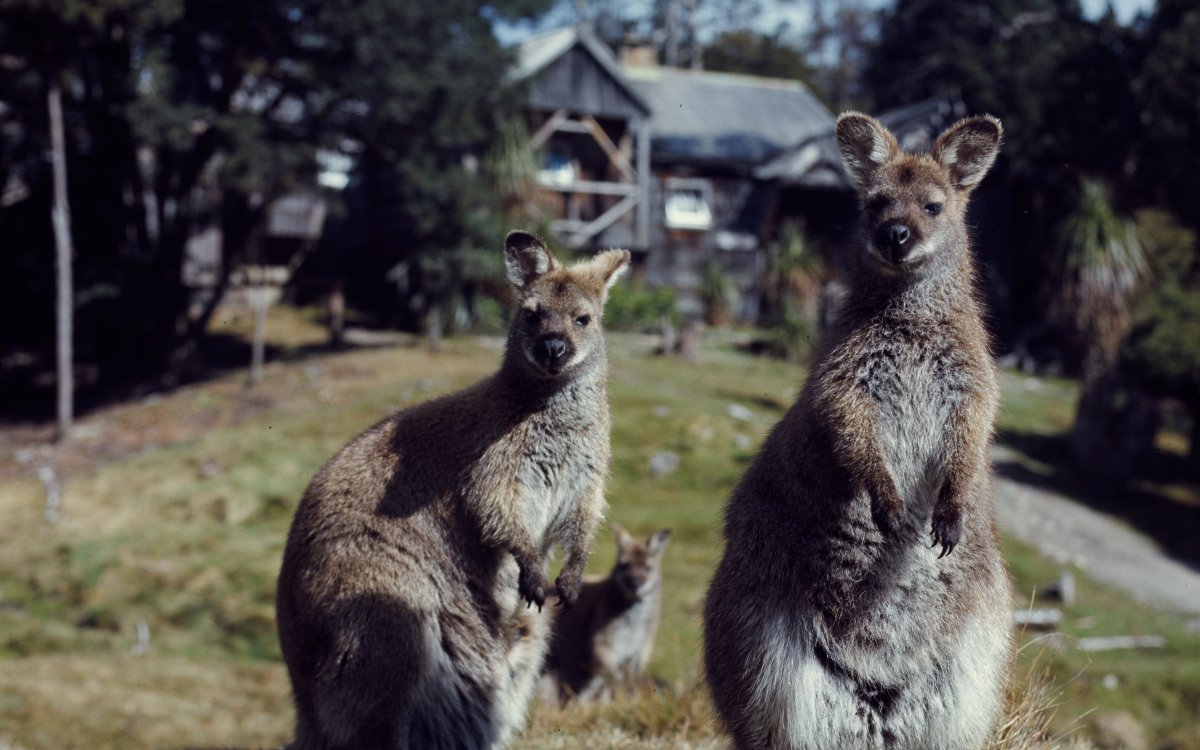
Dombrovskis, Peter, 1945-1996. (1976). Wallabies at Waldheim hut, Cradle Mountain-Lake St Clair National Park, Tasmania, 1976? [transparency] / Peter Dombrovskis. https://nla.gov.au/nla.obj-151304860
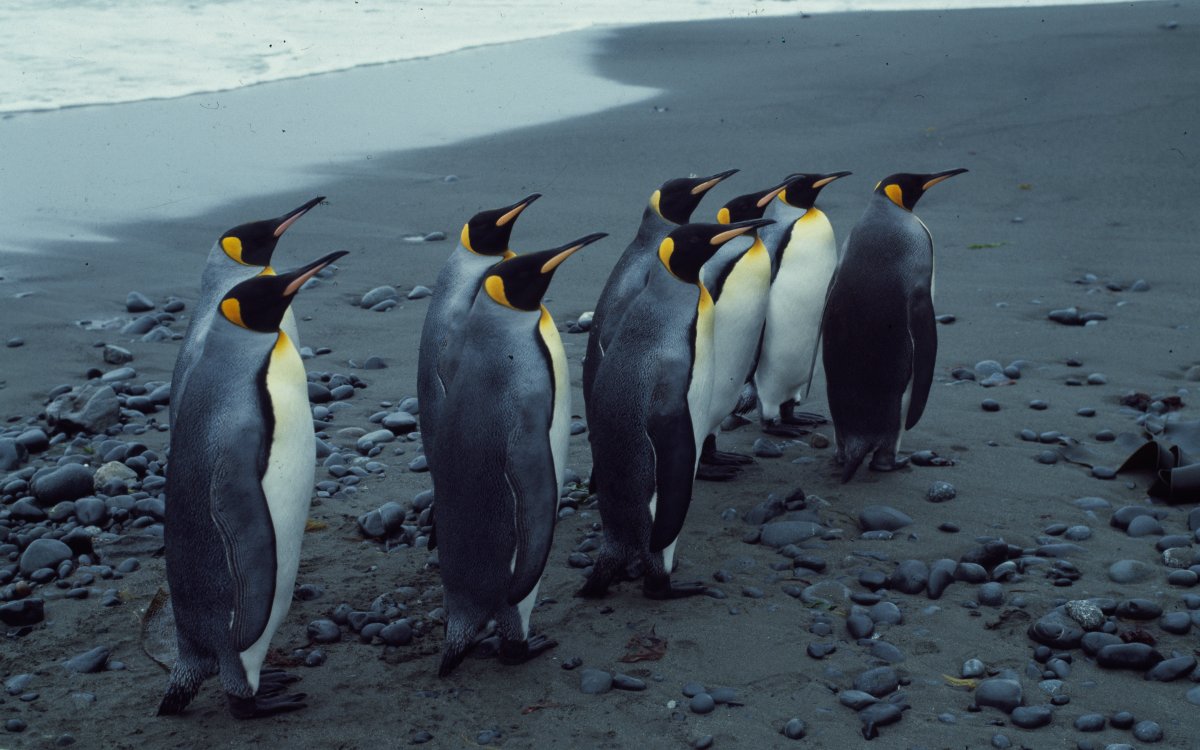
Dombrovskis, Peter, 1945-1996. (1984). King penguin group, Macquarie Island, Tasmania, 1984 [transparency] / Peter Dombrovskis. https://nla.gov.au/nla.obj-151305910
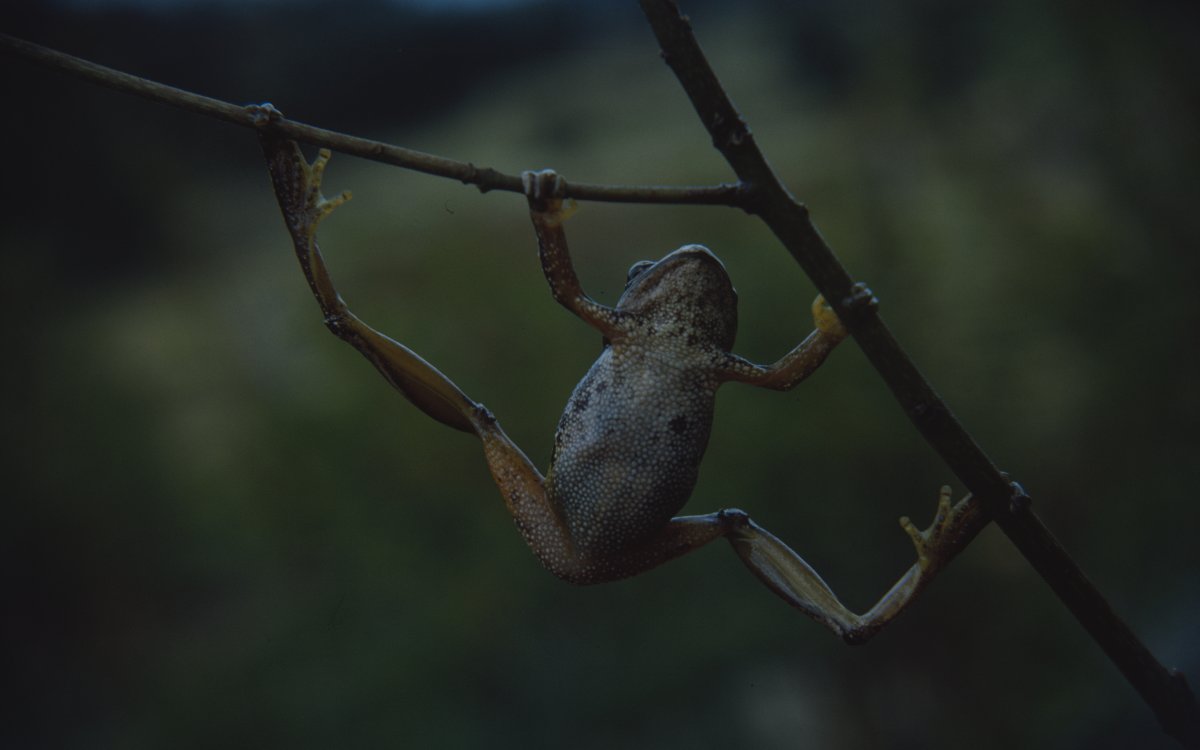
Dombrovskis, Peter, 1945-1996. (1969). Litoria burrowsae, Mount Wellington, Tasmania, 1969? [transparency] / Peter Dombrovskis. https://nla.gov.au/nla.obj-151417897
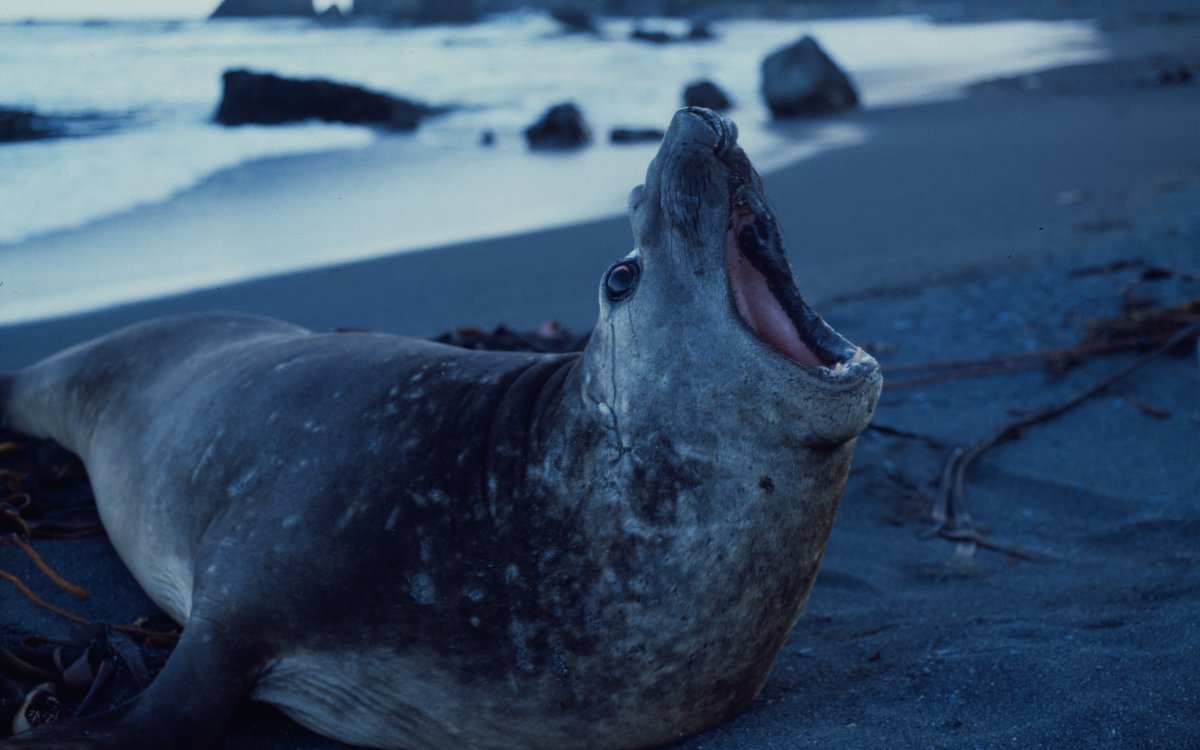
Dombrovskis, Peter, 1945-1996. (1984). Elephant seal, Macquarie Island, Tasmania, 1984, 5 [transparency] / Peter Dombrovskis. https://nla.gov.au/nla.obj-151318361
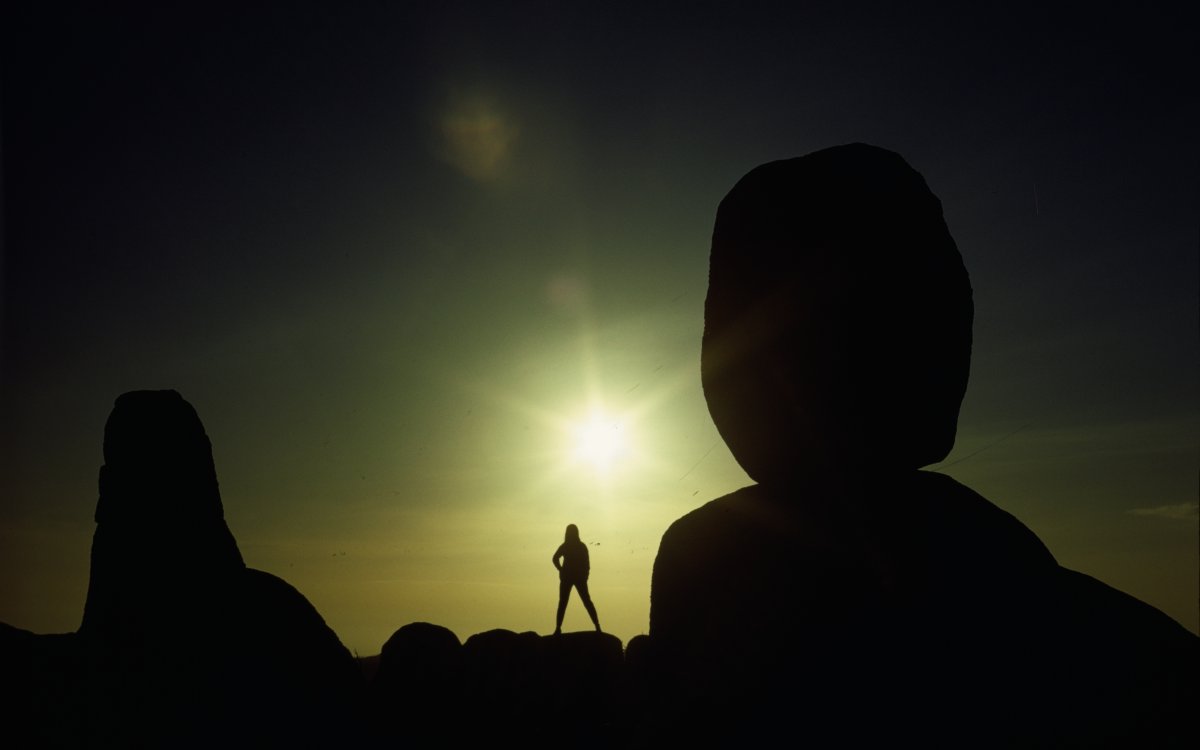
Dombrovskis, Peter, 1945-1996. (1969). Sunrise, Mount Wellington, Tasmania, 1969?, 5 [transparency] / Peter Dombrovskis. https://nla.gov.au/nla.obj-151405422
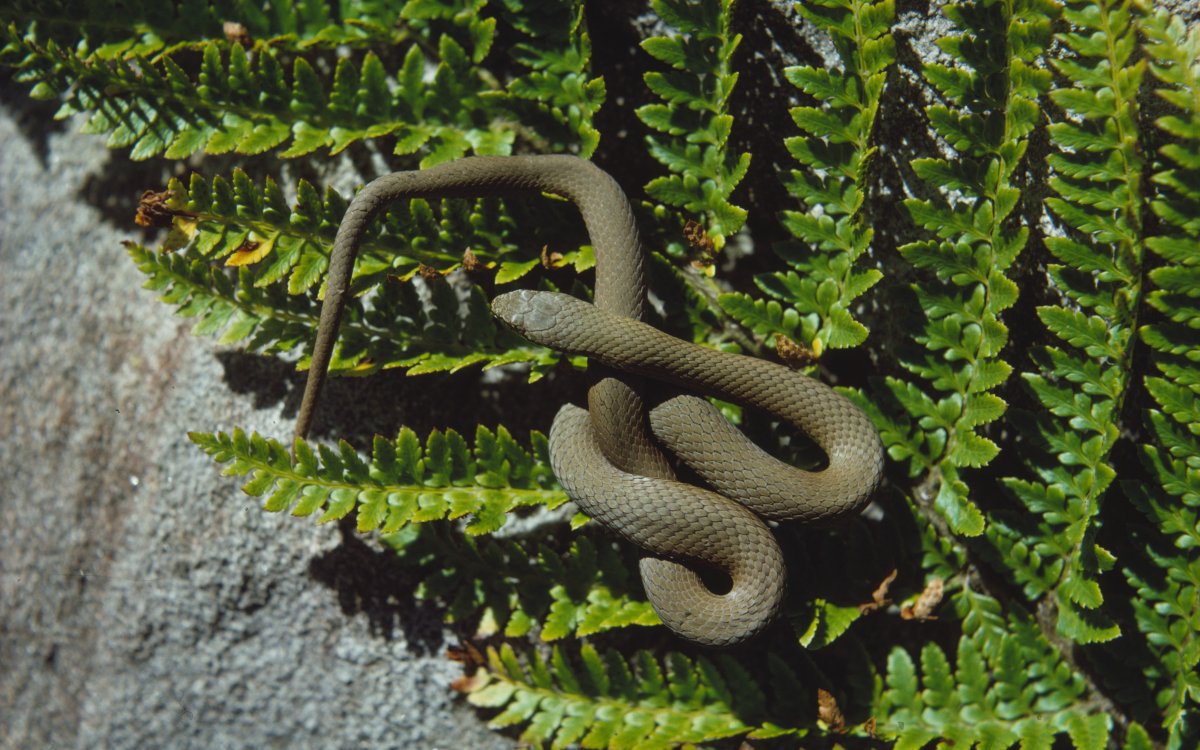
Dombrovskis, Peter, 1945-1996. (1969). Whip snake and fern detail, Mount Wellington, Tasmania, 1969? [transparency] / Peter Dombrovskis. https://nla.gov.au/nla.obj-151417459
Just as ecosystems are interconnected to one another, so too are the things within them. Every plant and animal has a role in sustaining the ecosystem in which it lives. Even the rocks and minerals present have a role.
Within an ecosystem, living creatures tend to fall into three distinct categories:
- Producers – Typically plants and algae who get their energy from photosynthesis (light from the sun). Producers provide food for plant eating consumers
- Consumers – Plants or animals that feed on producers. Consumers who only eat plants are called Primary consumers. Some consumers are called secondary consumers, these tend to be carnivores who feed on plant eating consumers
- Decomposers – animals, plants, fungi or bacteria that feed on dead organisms. Decomposers break down the minerals and nutrients in the dead organisms, these are recycled into food for producers.
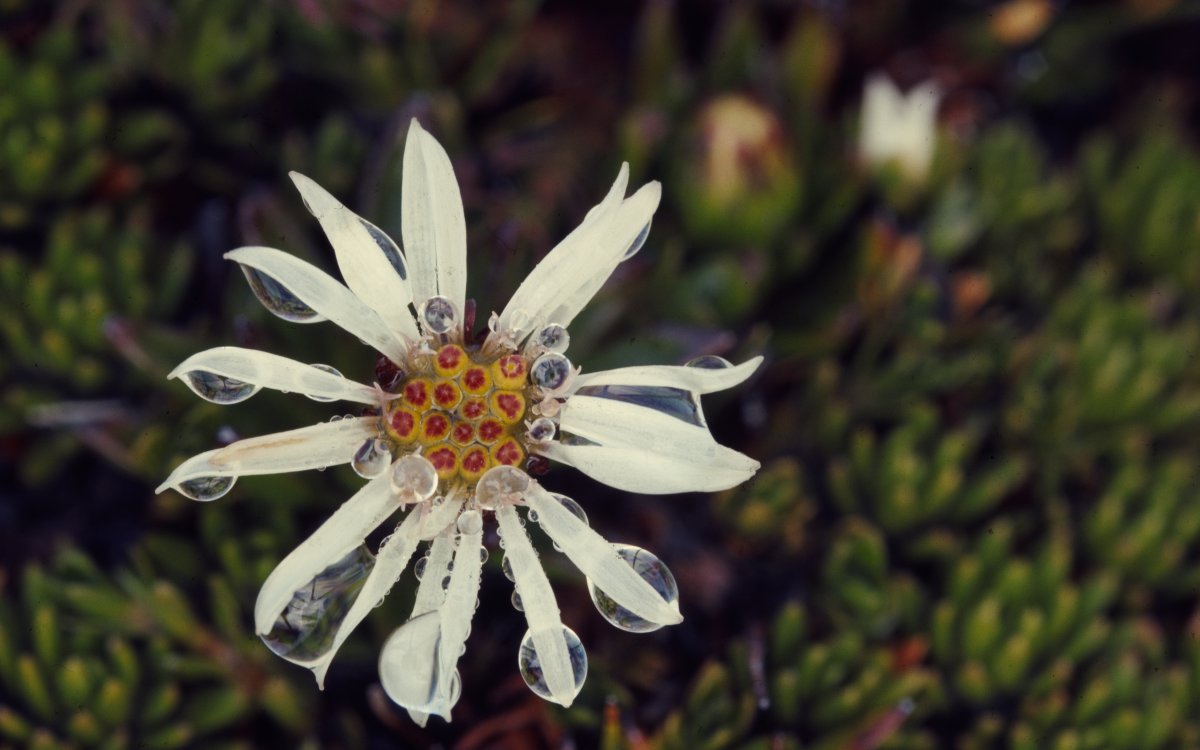
Dombrovskis, Peter, 1945-1996. (1976). Daisy and cushion plant, Ironbound Range, south coast, Tasmania, 1976 [transparency] / Peter Dombrovskis. https://nla.gov.au/nla.obj-151437840
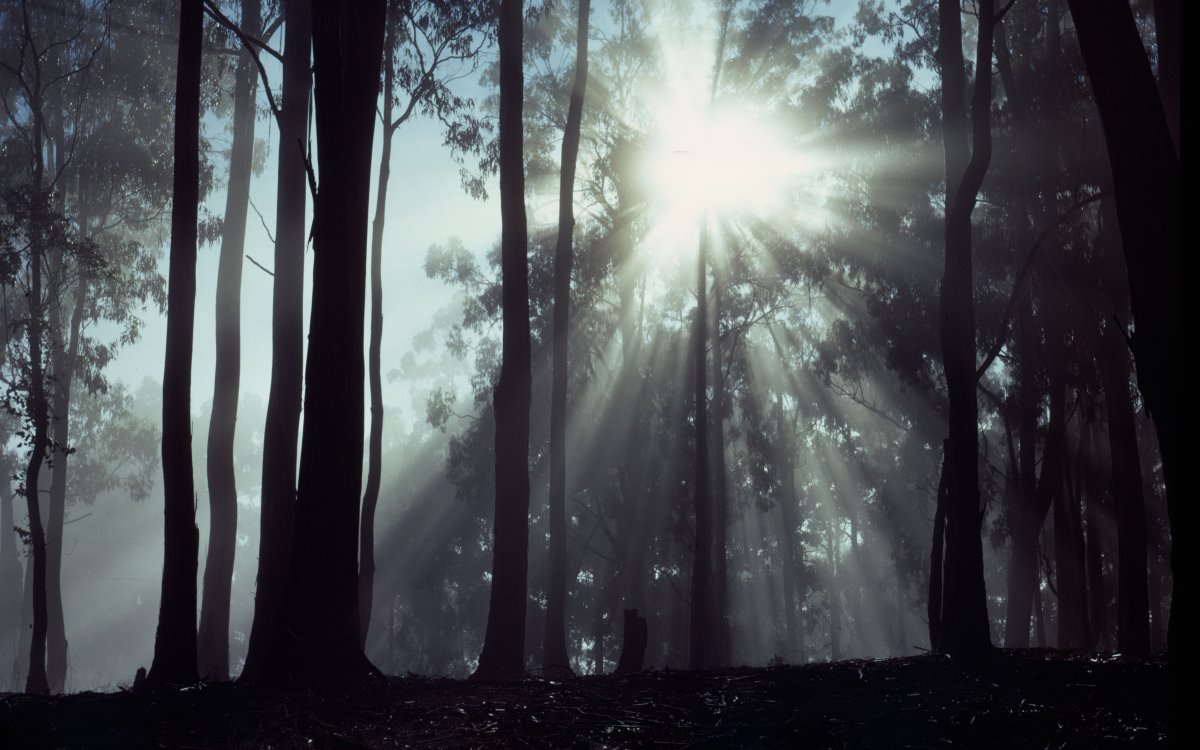
Dombrovskis, Peter, 1945-1996. (1969). Sunlight through eucalypts, Mount Wellington, Tasmania, 1969? [transparency] / Peter Dombrovskis. https://nla.gov.au/nla.obj-151447584
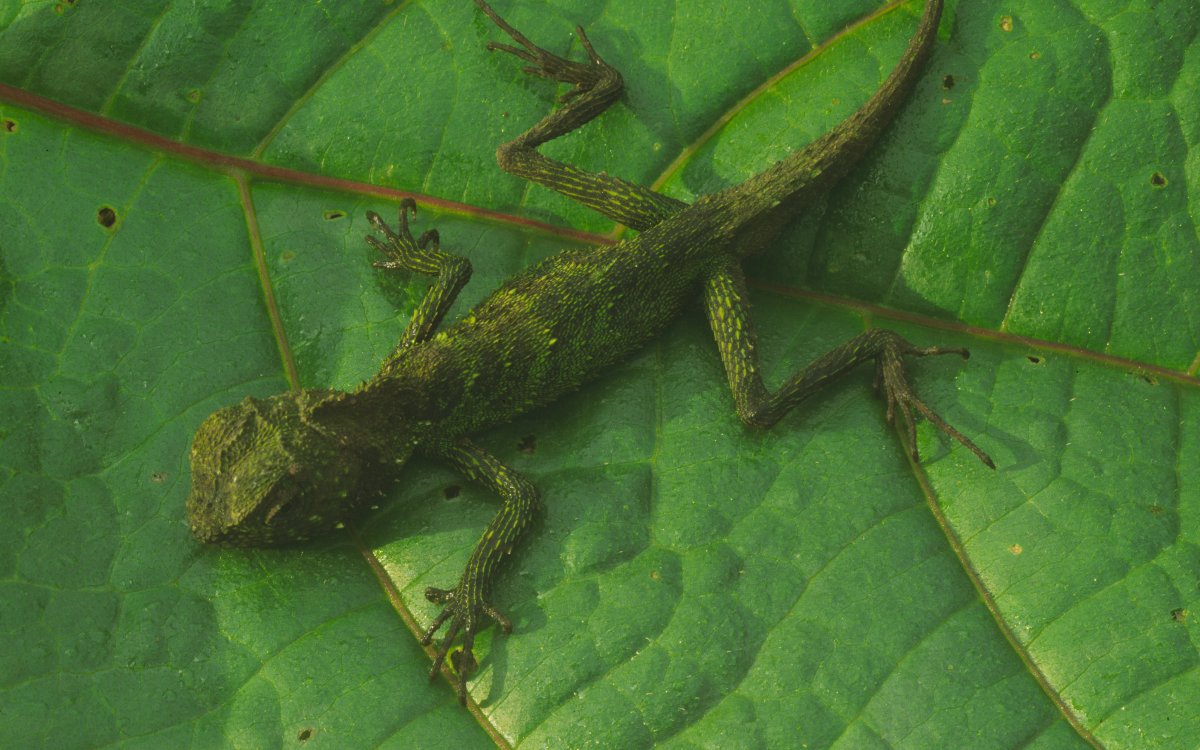
Dombrovskis, Peter, 1945-1996. (1985). Rainforest lizard at Mount Mulu, Sarawak, Borneo, 1985, 2 [transparency] / Peter Dombrovskis. https://nla.gov.au/nla.obj-149090506
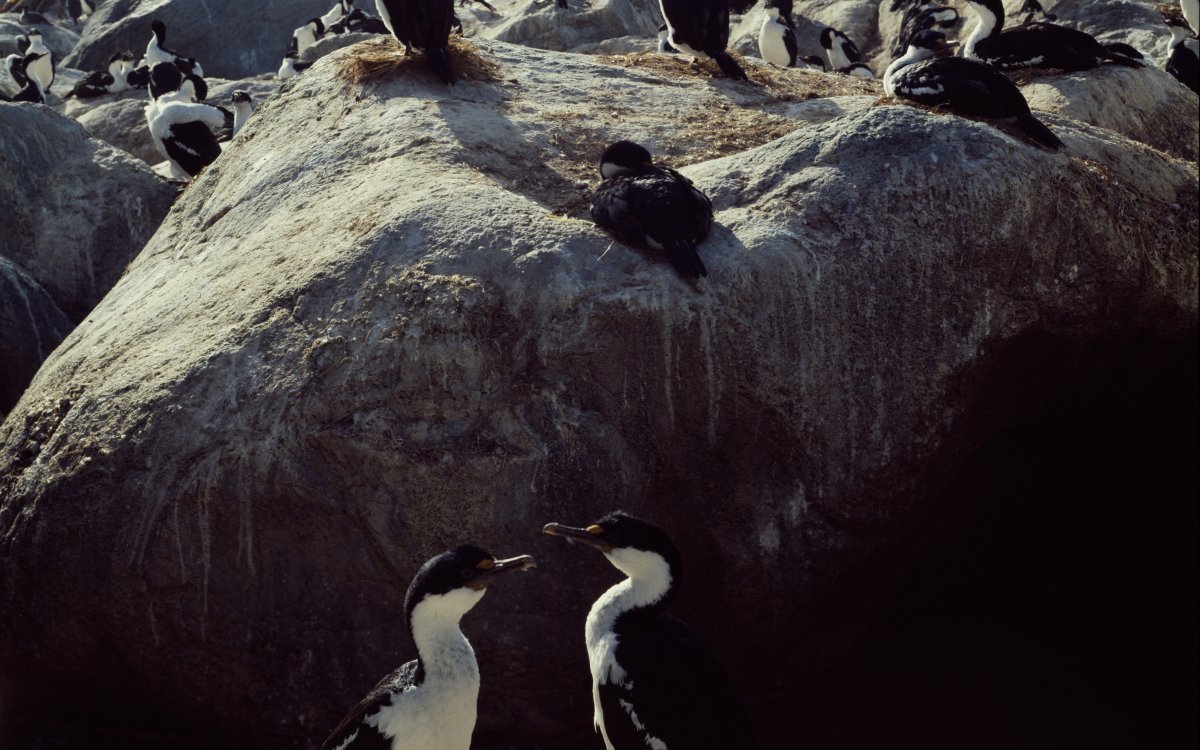
Dombrovskis, Peter, 1945-1996. (1984). Macquarie Island shags, Macquarie Island, Tasmania, 1984, 1 [transparency] / Peter Dombrovskis. https://nla.gov.au/nla.obj-149533607
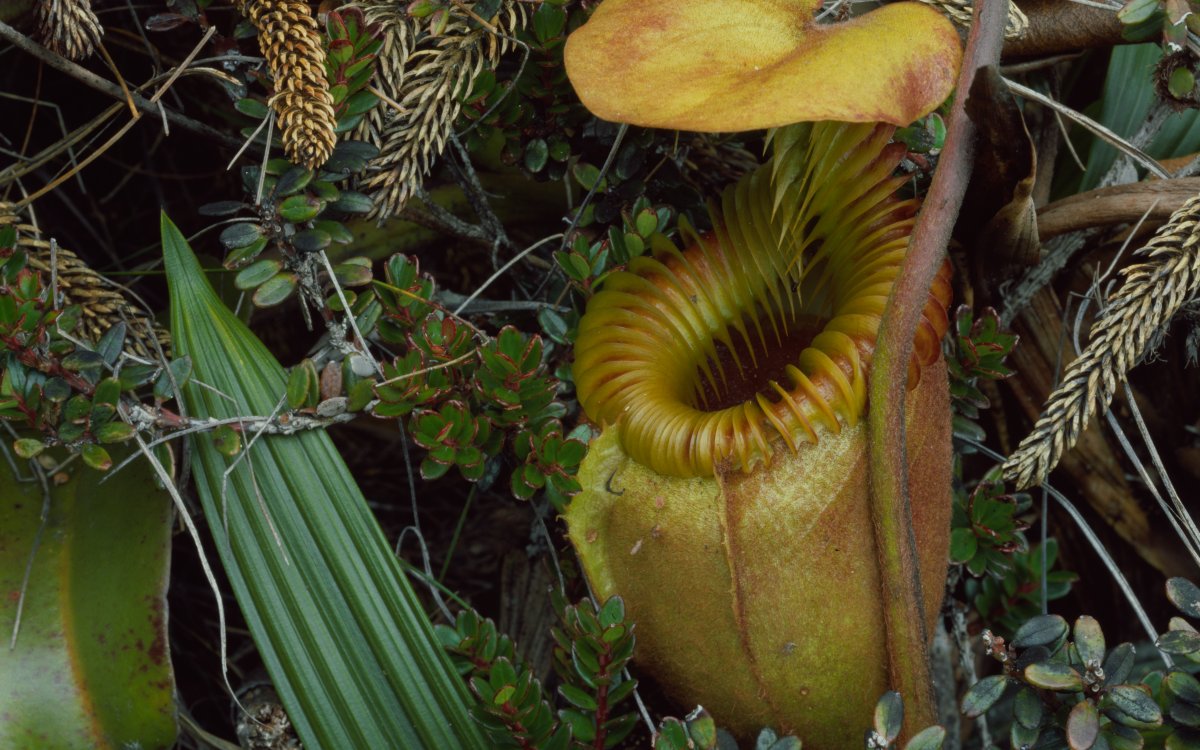
Dombrovskis, Peter, 1945-1996. (1985). Pitcher plant (Nepenthes villosa) at 3,200m on Mount Kinabalu, Borneo, 1985 [transparency] / Peter Dombrovskis. https://nla.gov.au/nla.obj-149683265
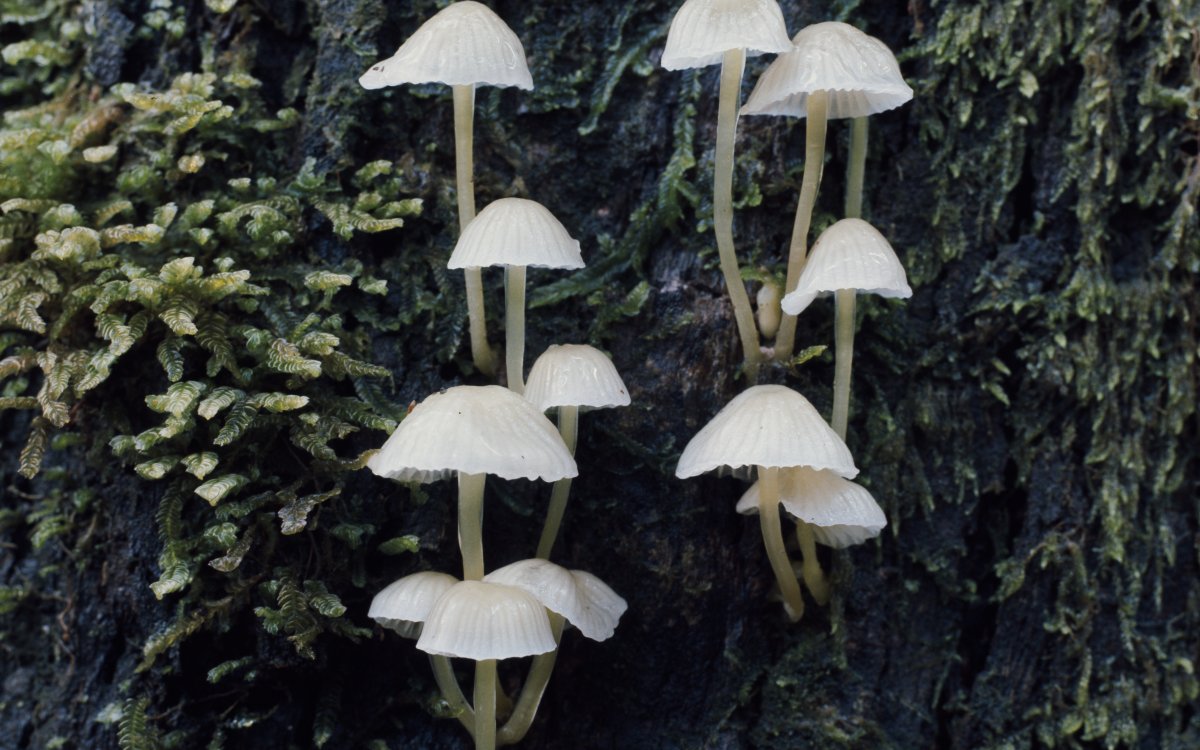
Dombrovskis, Peter, 1945-1996. (1992). Mycena sp., Tasmania, 1992 [transparency] / Peter Dombrovskis. https://nla.gov.au/nla.obj-151181066
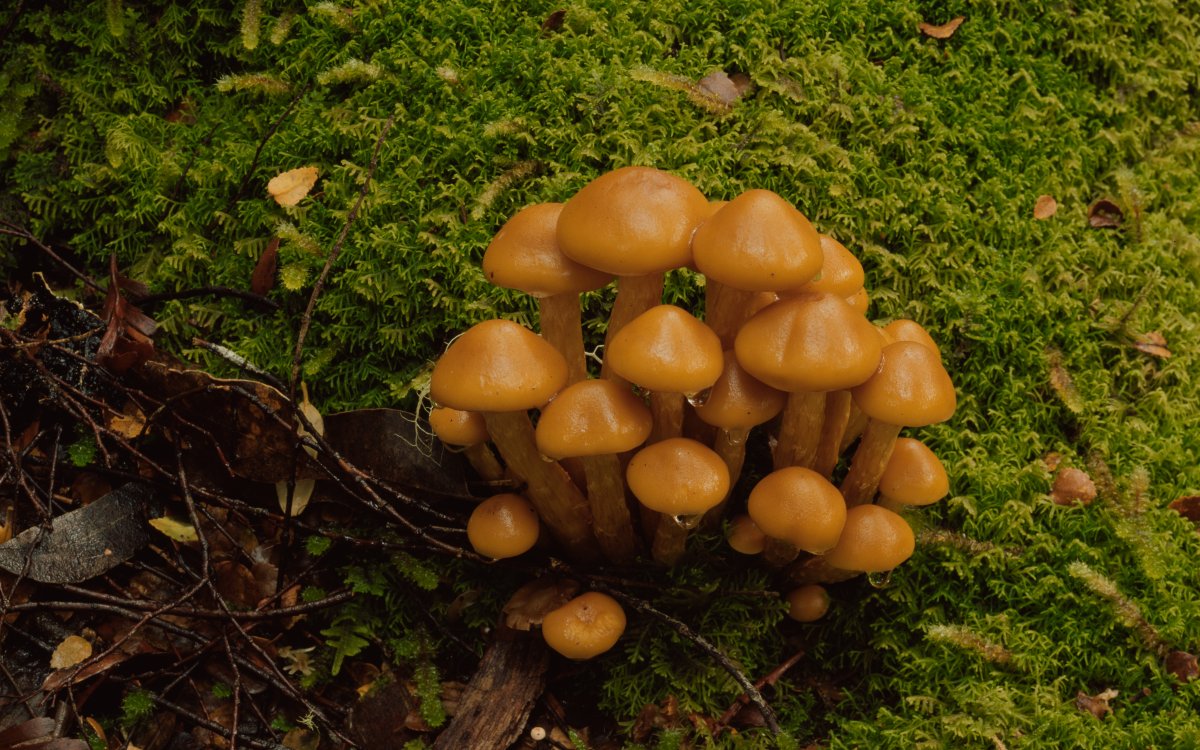
Dombrovskis, Peter, 1945-1996. (1979). Sulphur tuft fungus near Echo Point, Lake St Clair, Cradle Mountain-Lake St Clair National Park, Tasmania, 1979 [transparency] / Peter Dombrovskis. https://nla.gov.au/nla.obj-149883880
Each of these living organisms form part of a food chain that, in turn, connects to other chains to make a food web where all things are interdependent on the others. Changes, such as deforestation, over-hunting or pollution impacting these webs can cause ecological imbalance or collapse.
Large natural disasters can also impact food chains. Bushfires, floods, and changes in global temperatures can disrupt whole ecosystems. While recovery does occur, some ecosystems can take decades or centuries to return to their pre-disaster state. Some ecosystems adapt and change but, sadly, some never fully recover.
Rocks and non-living things play a role in these ecosystems too. Rocky outcrops and boulders provide the perfect habitat for plants, moss, and fungi to grow on their craggy surfaces and within cracks and cervices. Rocks can be warmed by the sun which can allow plants to thrive in an otherwise hostile environment and give animals like reptiles a place to bask. Rocks can also provide an opportunity for species to reach above the ground level and have access to more sun, air, and water. Rocks and fallen trees provide places for animals to live, in and under them, providing shelter from the weather and from predators.
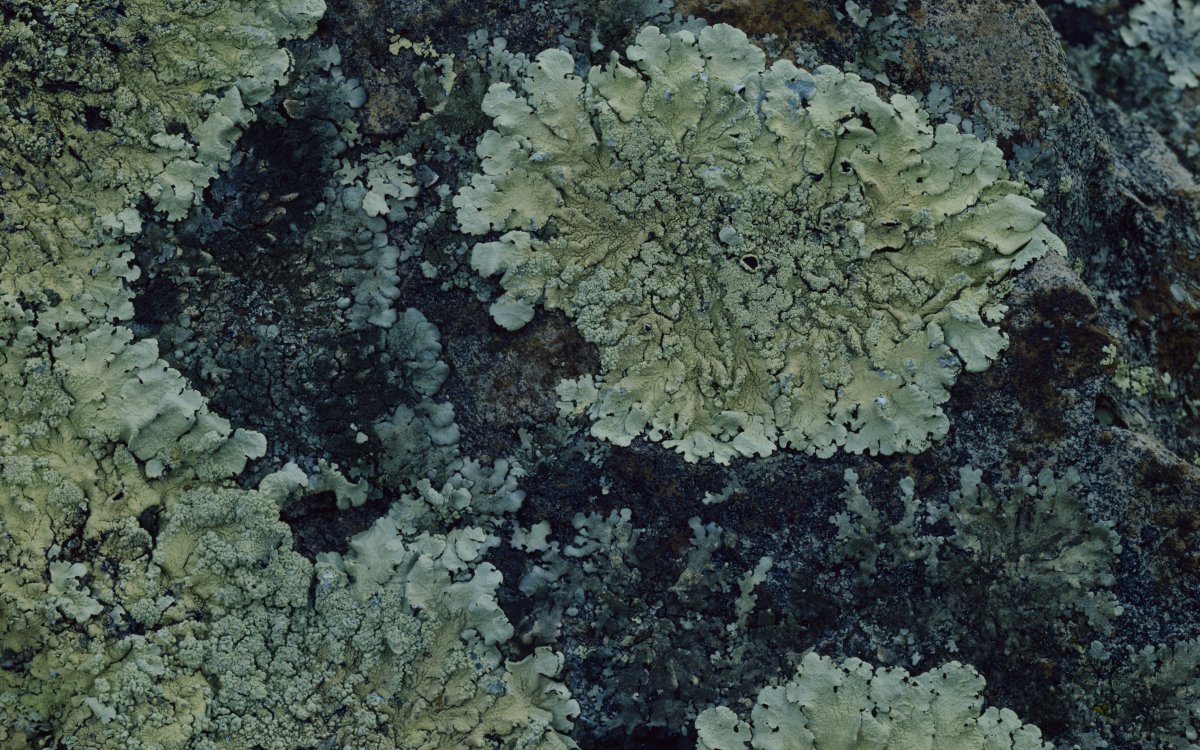
Dombrovskis, Peter, 1945-1996. (1982). Lichened rock, Mount Wellington, Tasmania, 1982?, 2 [transparency] / Peter Dombrovskis. https://nla.gov.au/nla.obj-150824315
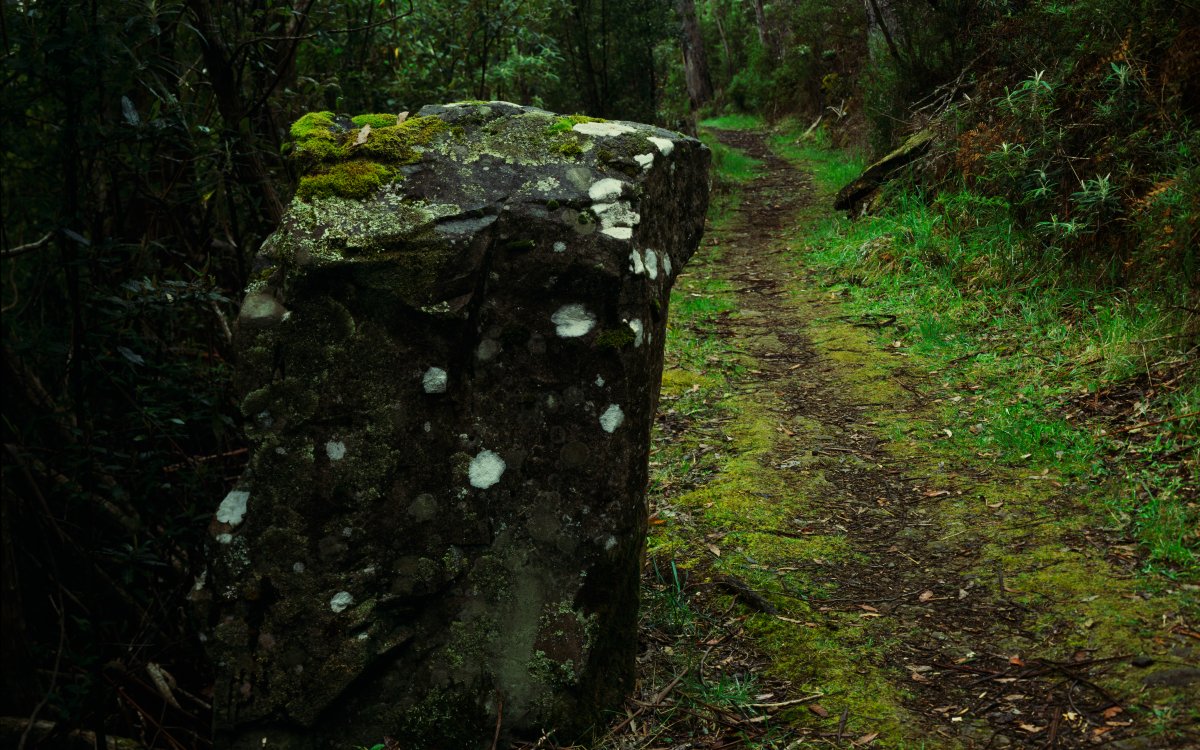
Dombrovskis, Peter, 1945-1996. (1994). Pipetrack, Fern Tree, Mount Wellington, Tasmania, 1994, 2 [transparency] / Peter Dombrovskis. https://nla.gov.au/nla.obj-150825121
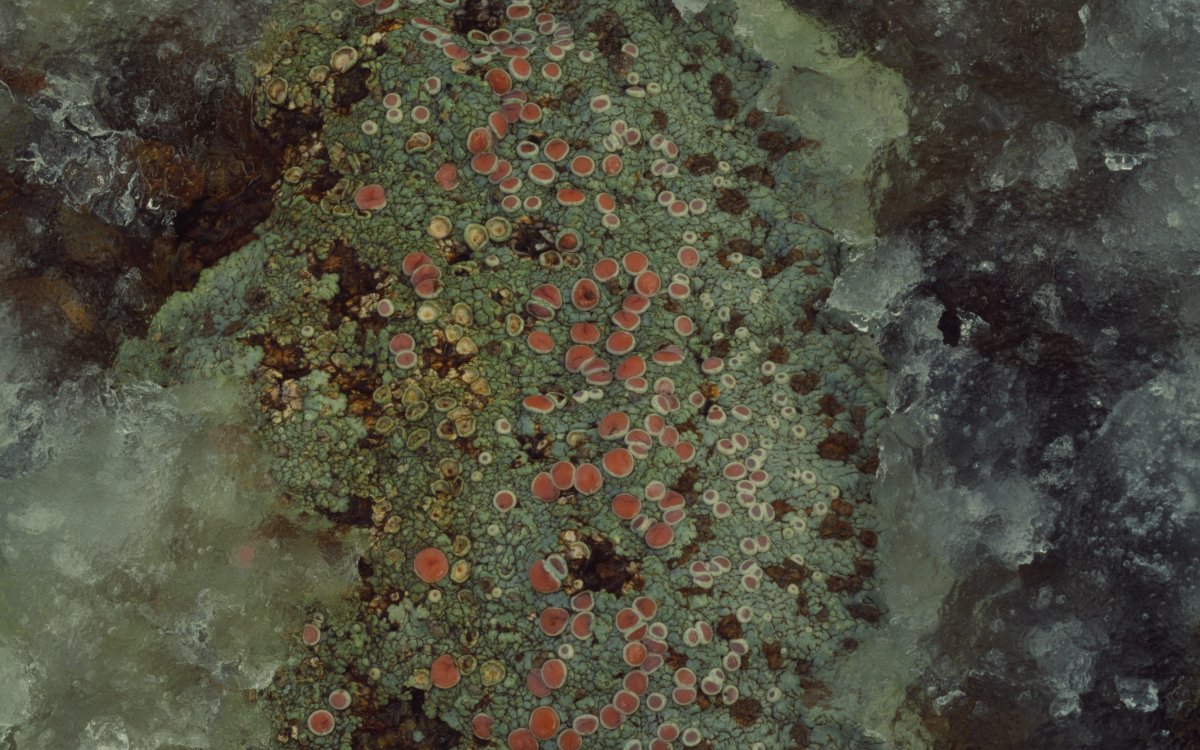
Dombrovskis, Peter, 1945-1996. (1987). Fruiting lichen and ice, the Labyrinth, Du Cane Range, Cradle Mountain-Lake St Clair National Park, Tasmania, 1987, 2 [transparency] / Peter Dombrovskis. https://nla.gov.au/nla.obj-148998183
Activities
- As a class, make a list of plants and animals seen in the local area, they can be both native or introduced species (don’t forget bugs!). Firstly, categorise them by plant or animals and then by their class (bird, mammal, reptile etc). Then, through discussion of the behaviours observed, reorganise the animals as to whether they fill the role of a producer, a consumer, or a decomposer.
- Biomes can be large or small. While a town or school can sit within a larger biome region, smaller micro-biomes or communities can be located within.
- Draw a map of the school, either create one or use a screen shot from an internet map search. In groups, have students explore the school yard and identify distinct biomes or habitats within the yard. Eg. The school sports oval is a large open grassy field, a shaded garden area has many bushes and trees, underneath a deck is dark and cool, a large, asphalted area is baking hot and windy these could be considered separate biomes. What plants and animals are similar? What is different?
- Draw a map of the school, either create one or use a screen shot from an internet map search. In groups, have students explore the school yard and identify distinct biomes or habitats within the yard. Eg. The school sports oval is a large open grassy field, a shaded garden area has many bushes and trees, underneath a deck is dark and cool, a large, asphalted area is baking hot and windy these could be considered separate biomes. What plants and animals are similar? What is different?
- Choose an animal or ask students to choose a favourite animal. Ask them to design a new garden at the school that would suit this type of animal. Have them consider the temperature needed (maybe they will need to build a big roof or dig a pool), what kind of plants will they need to include? What other animals will need to live in the garden to support their chosen animal?
